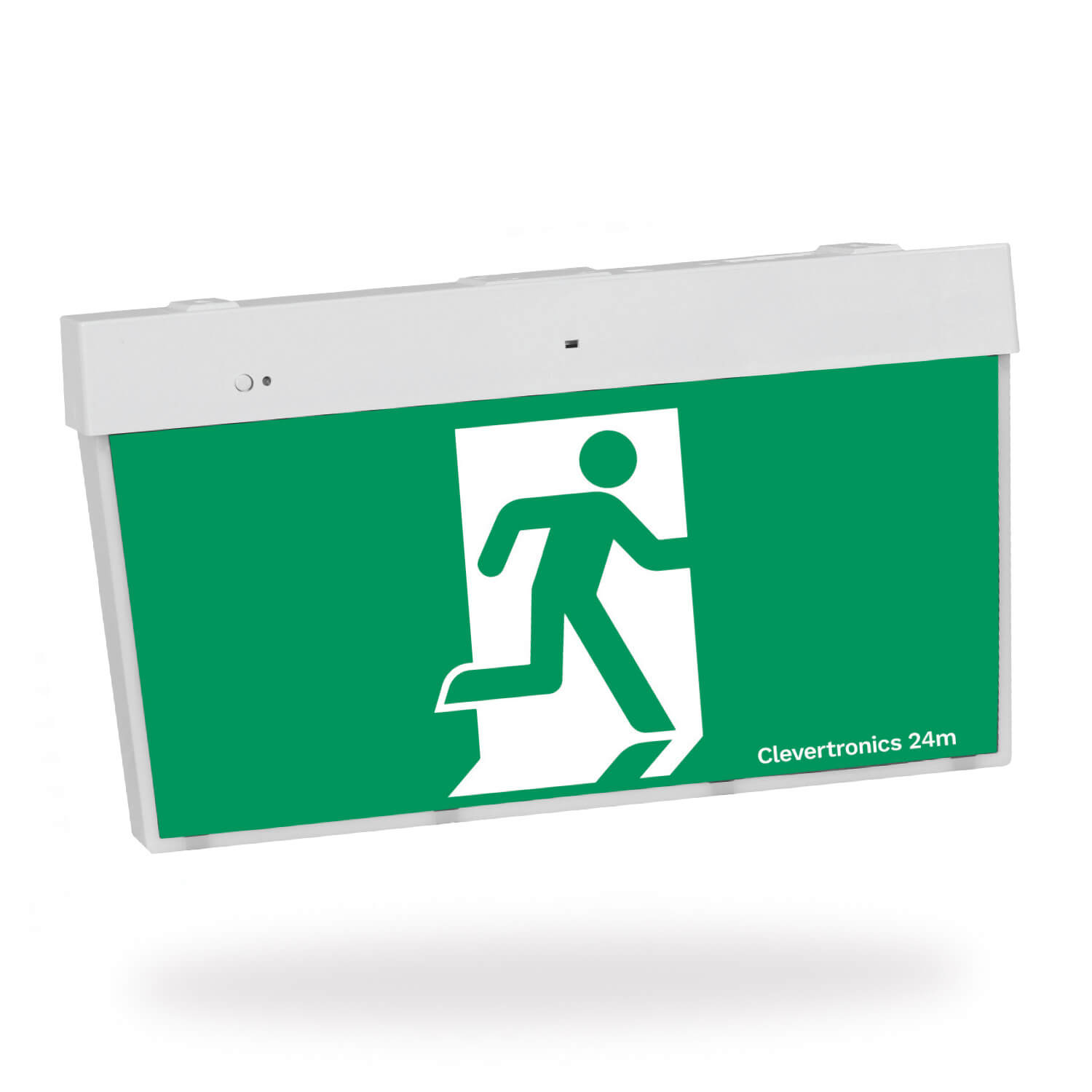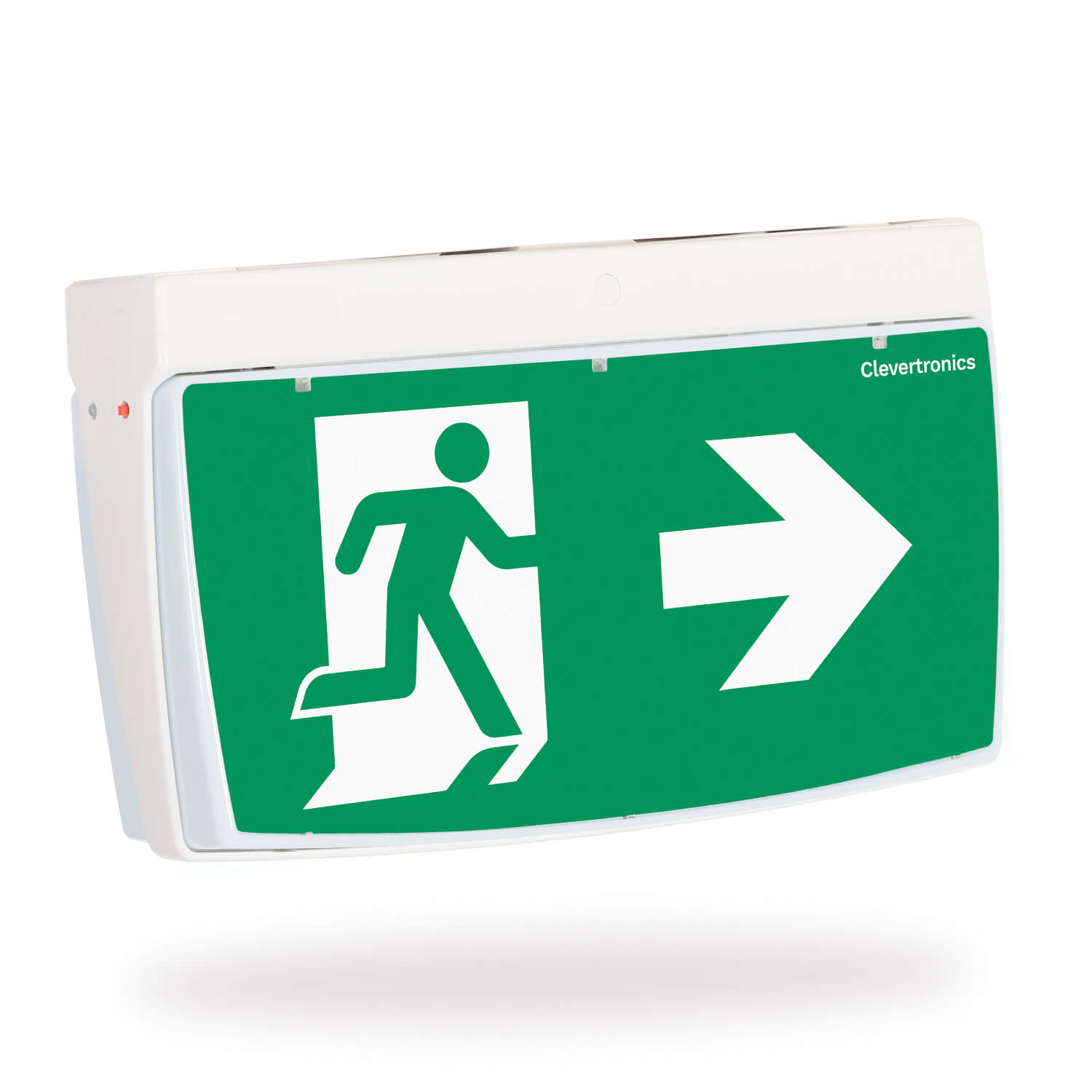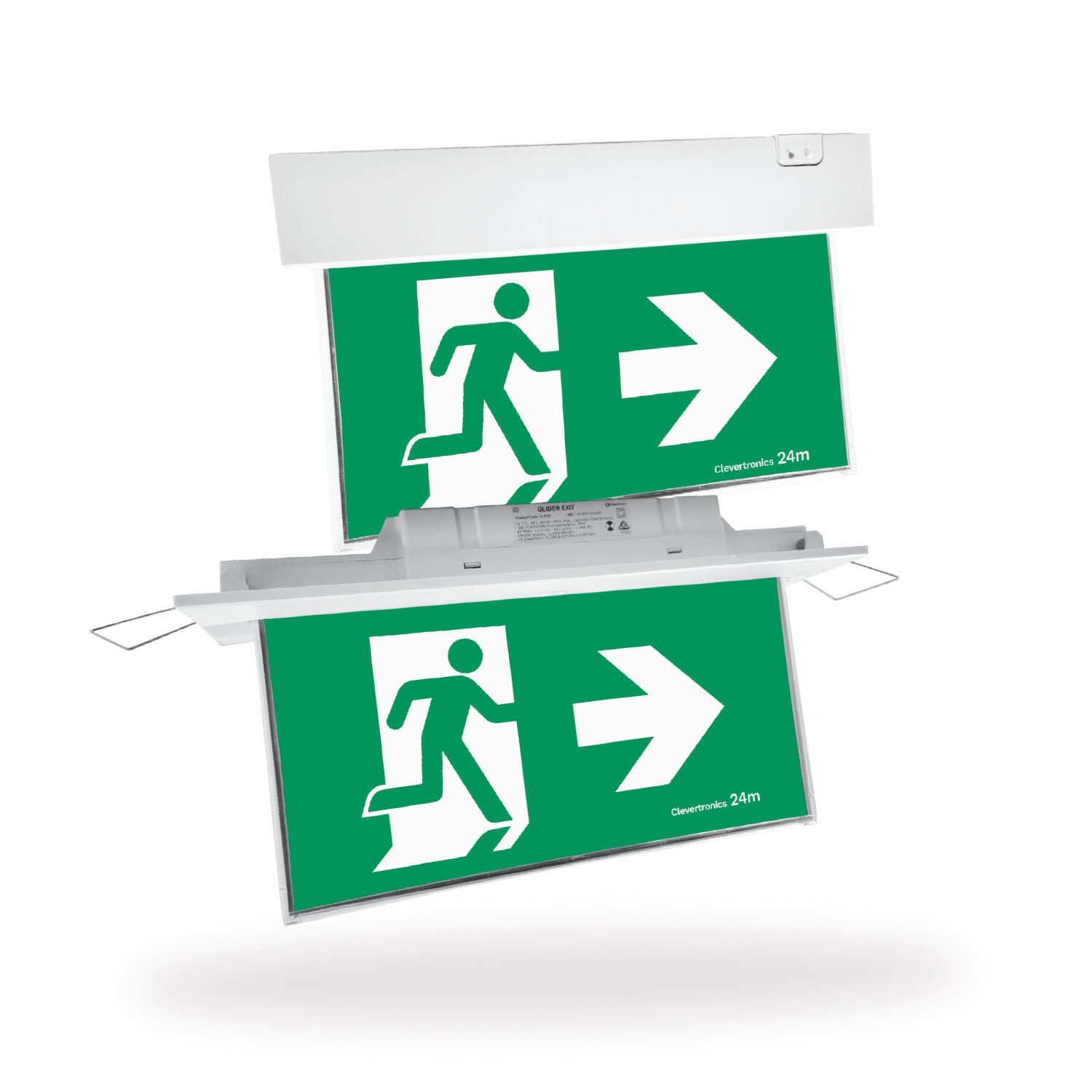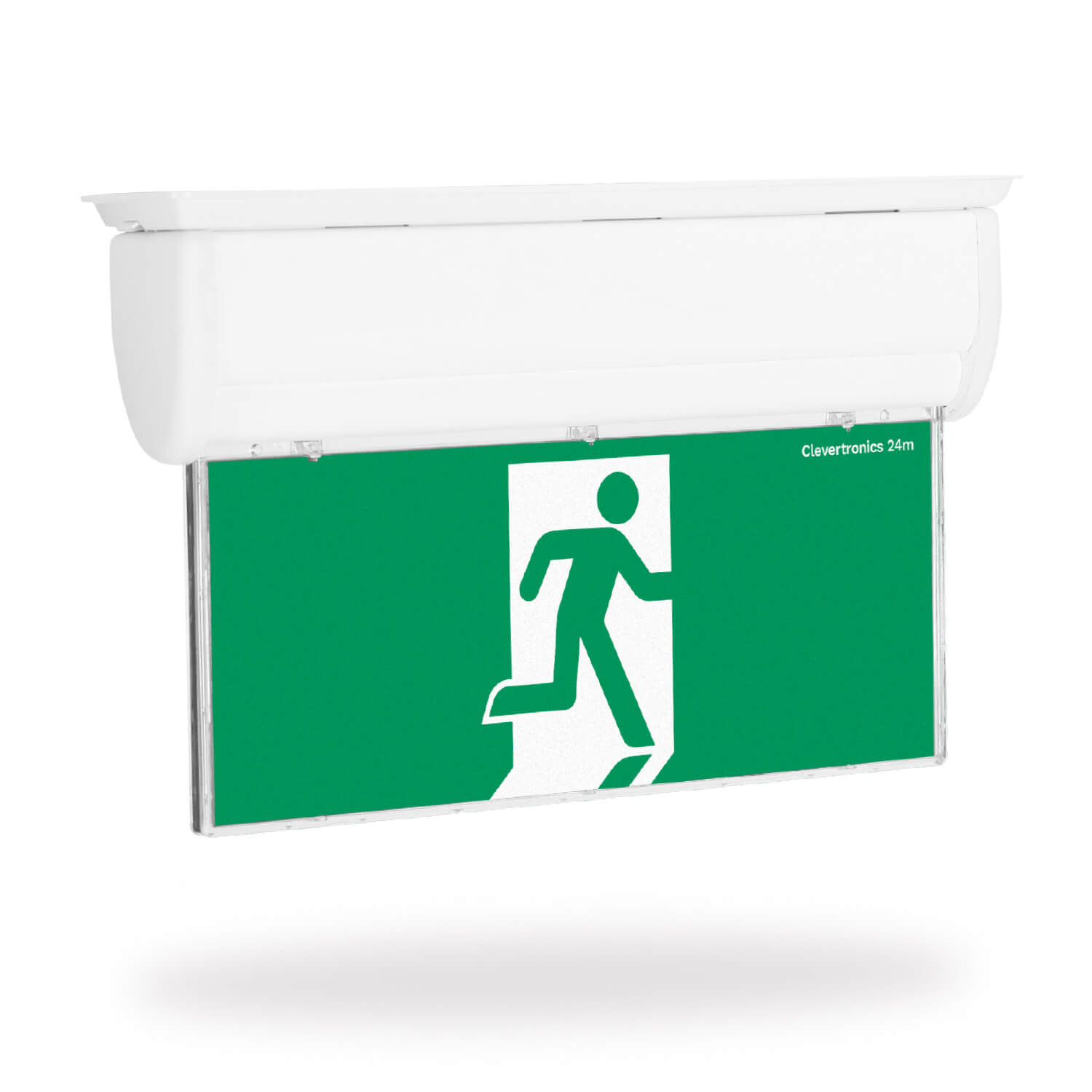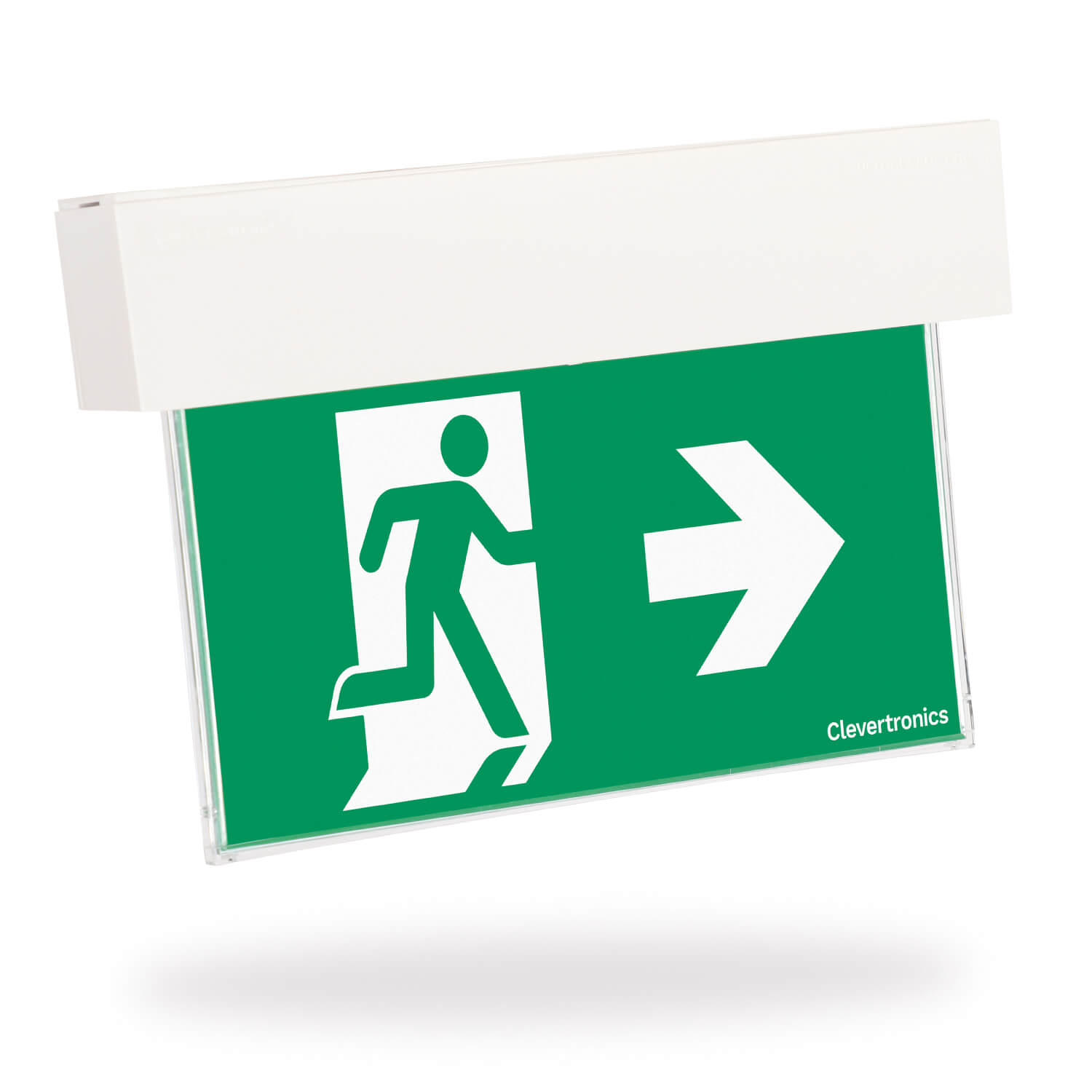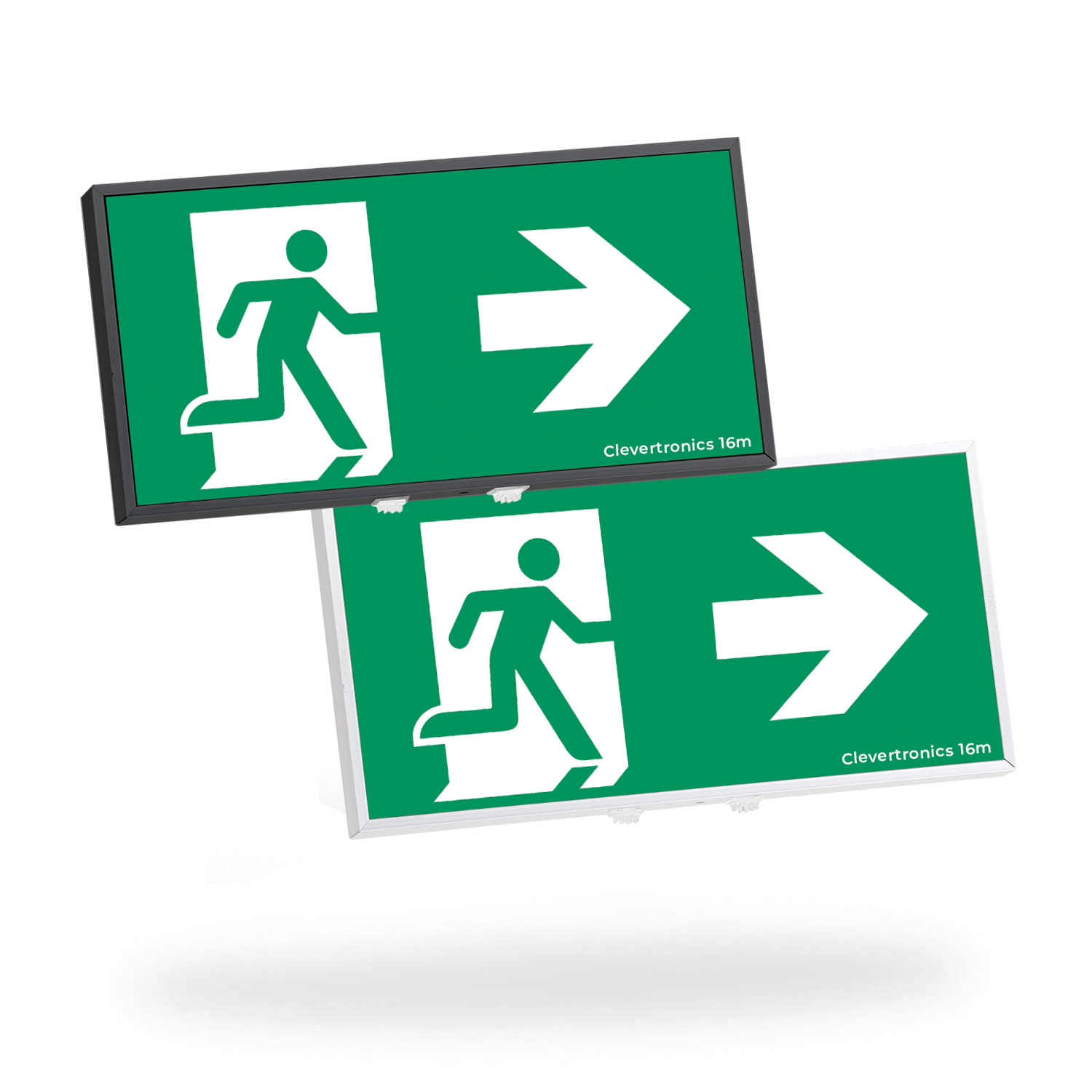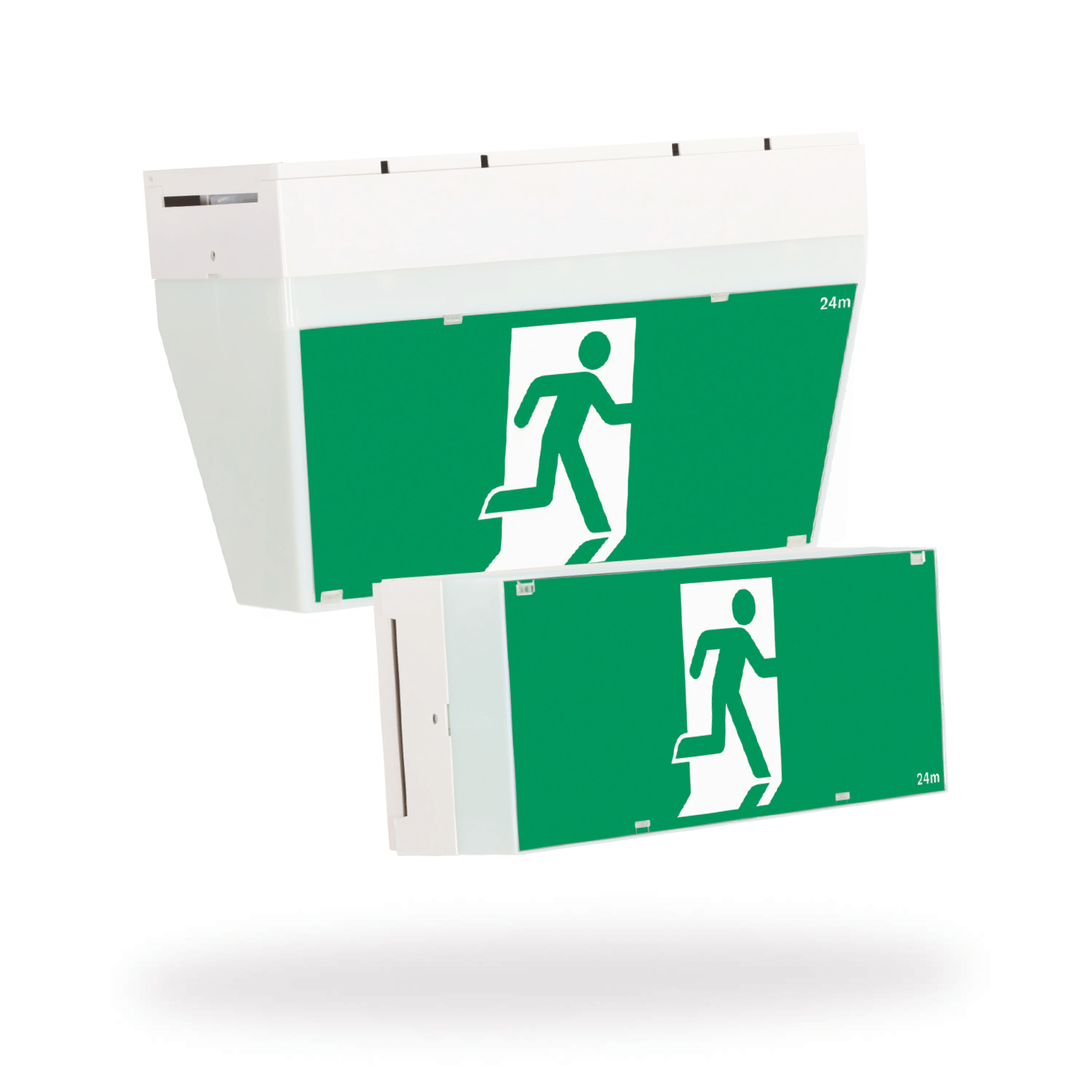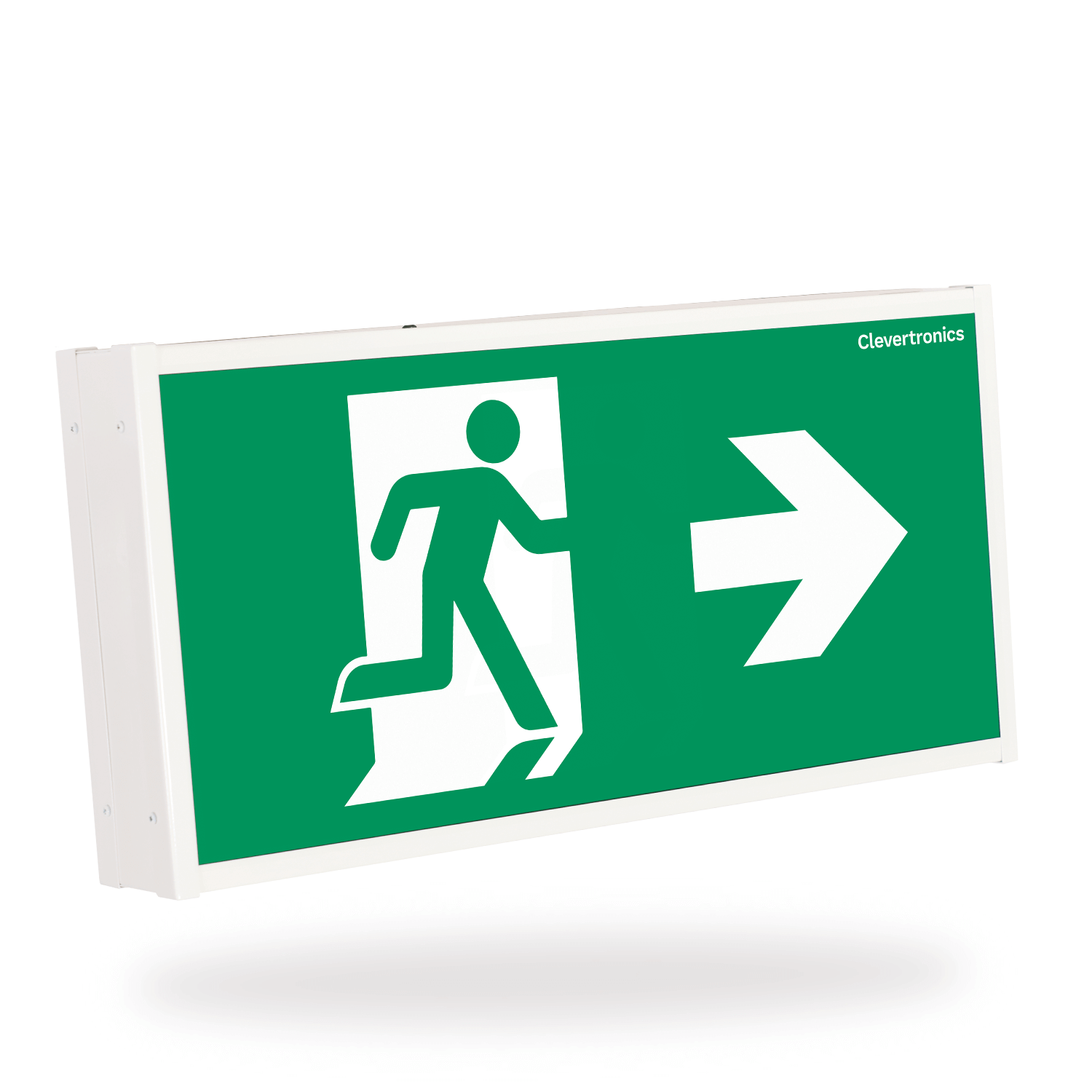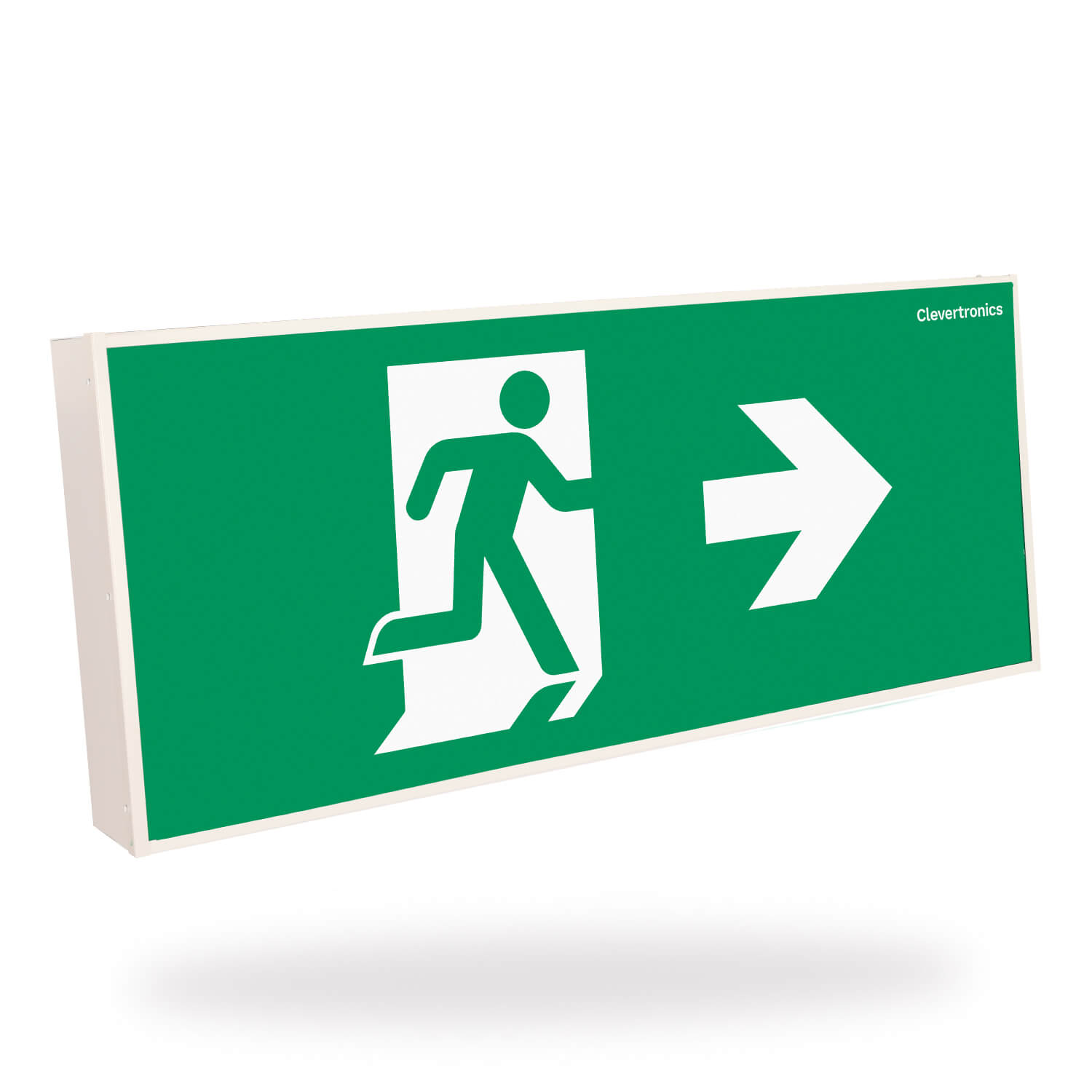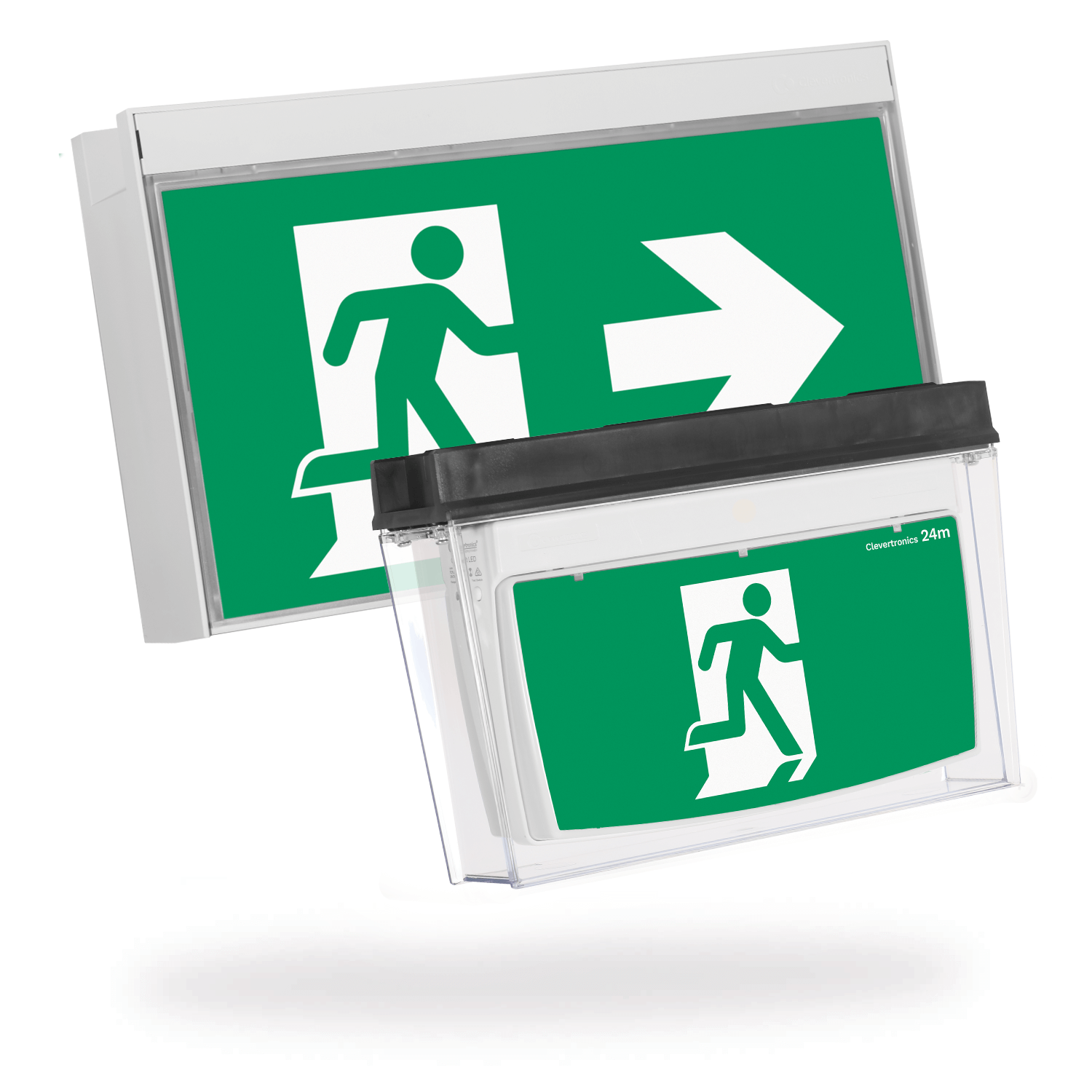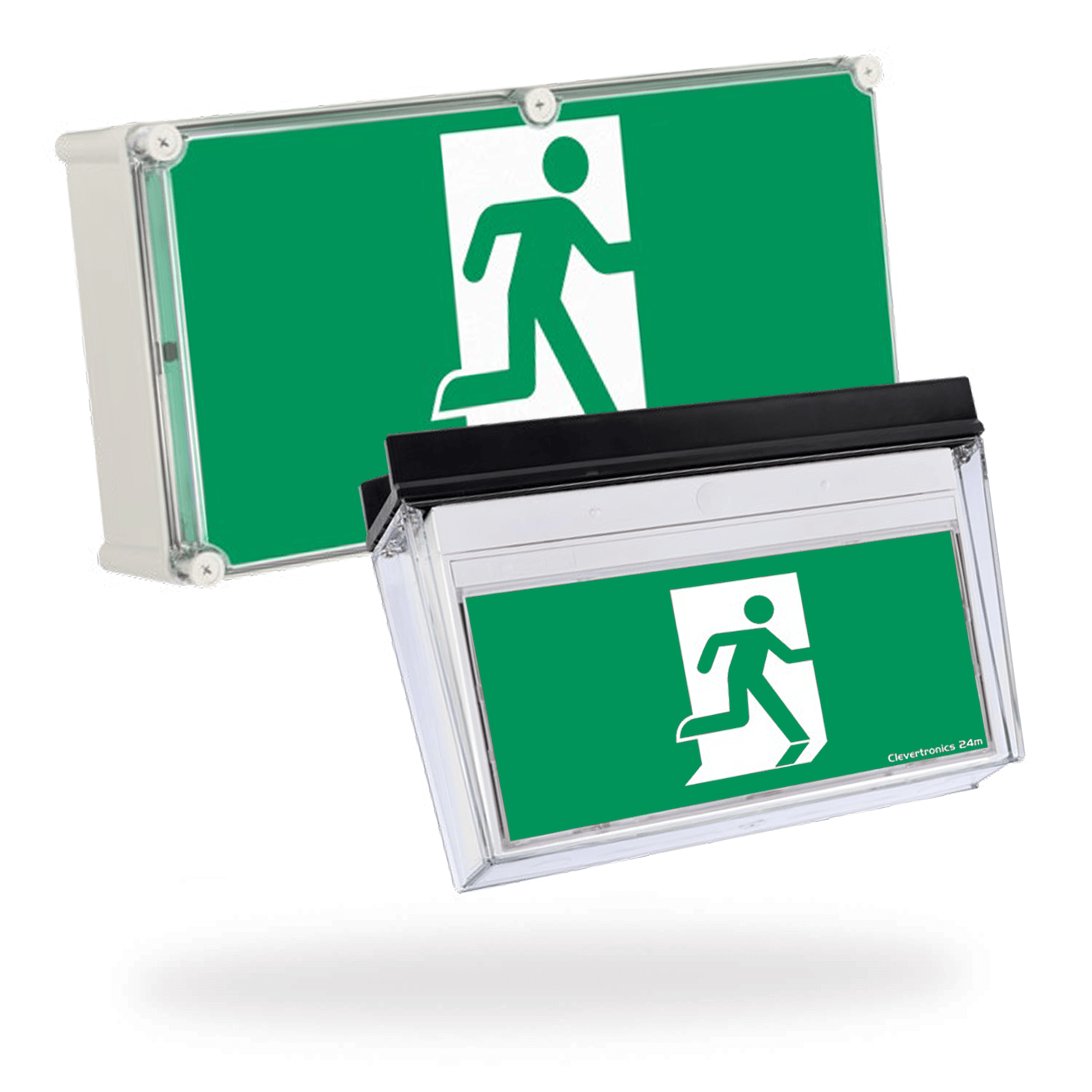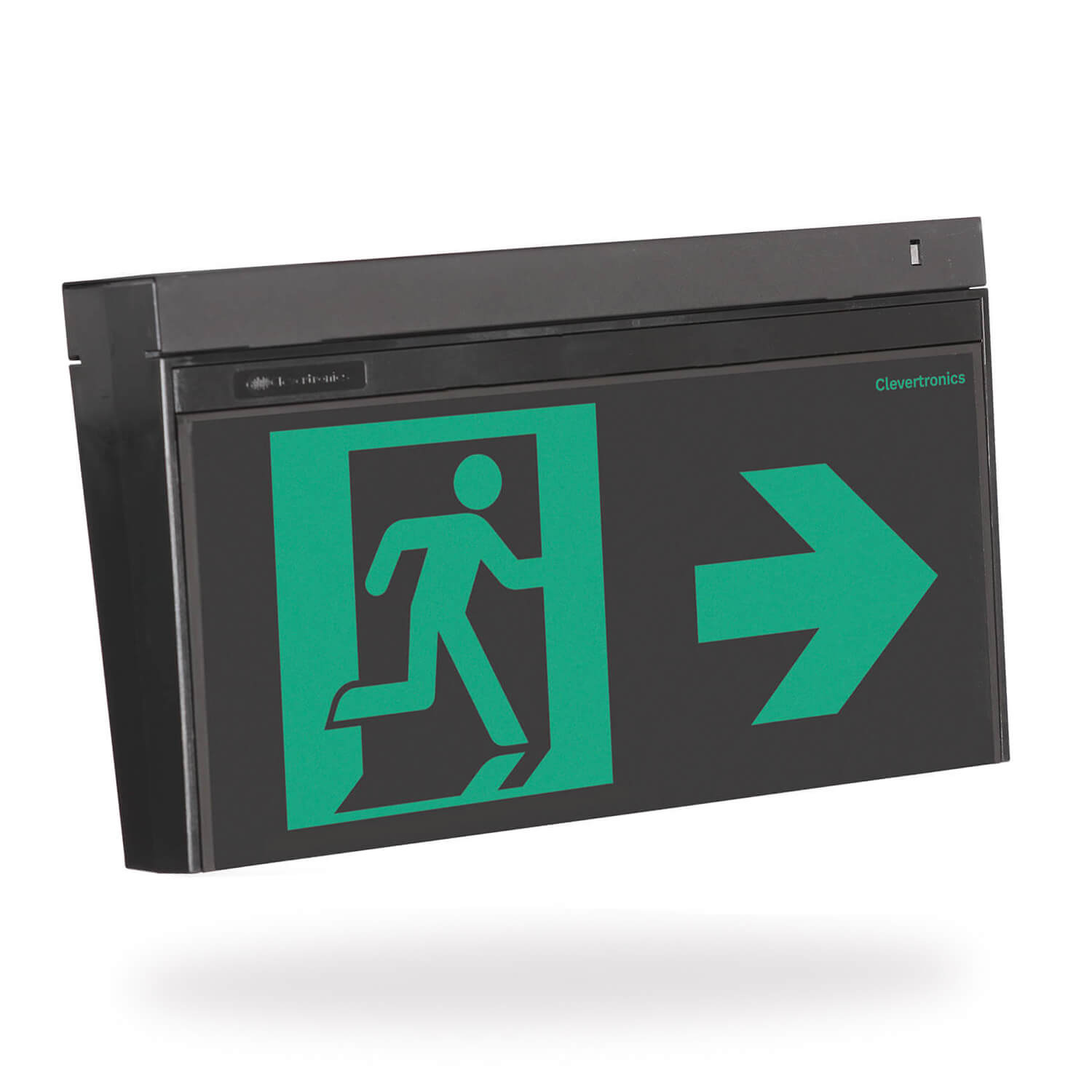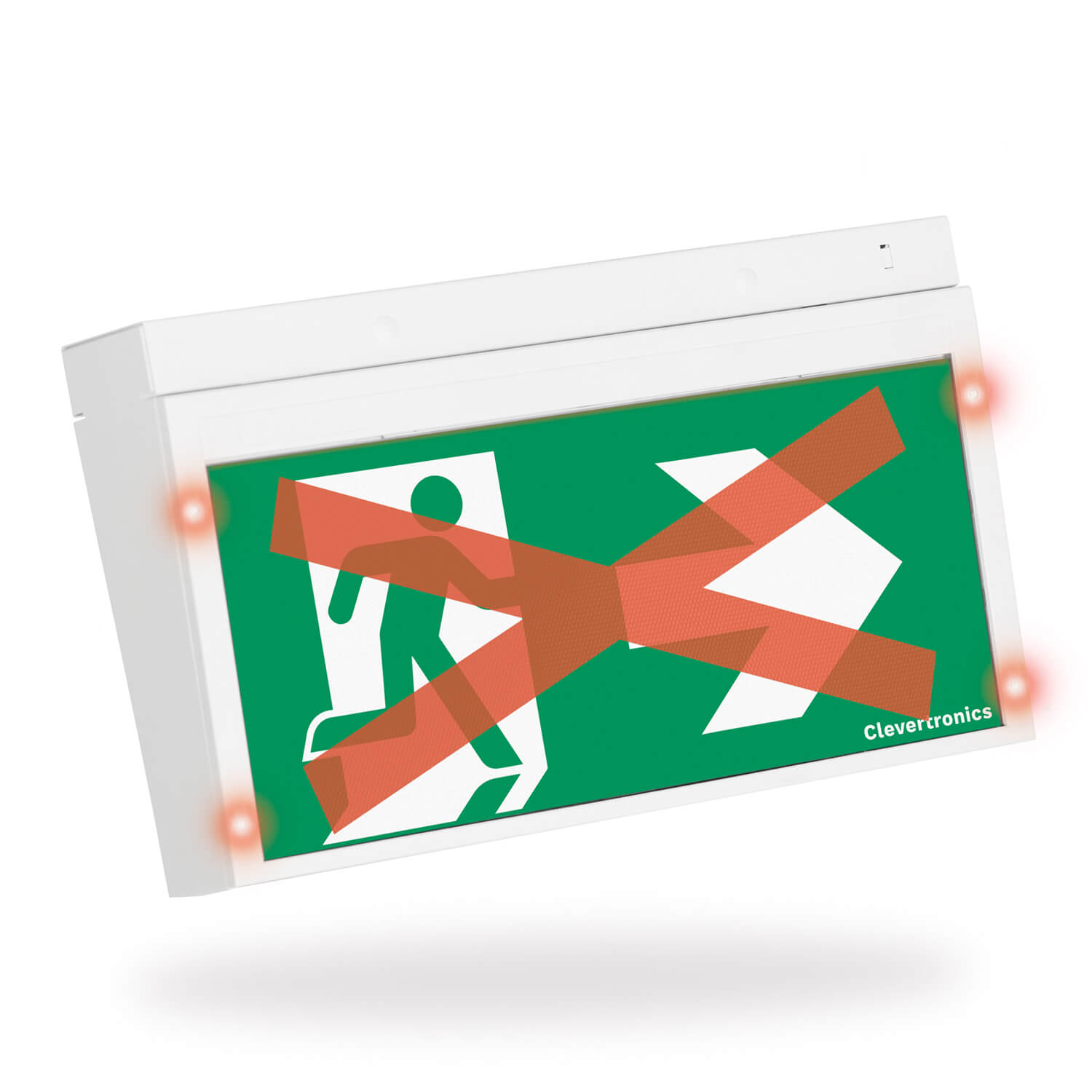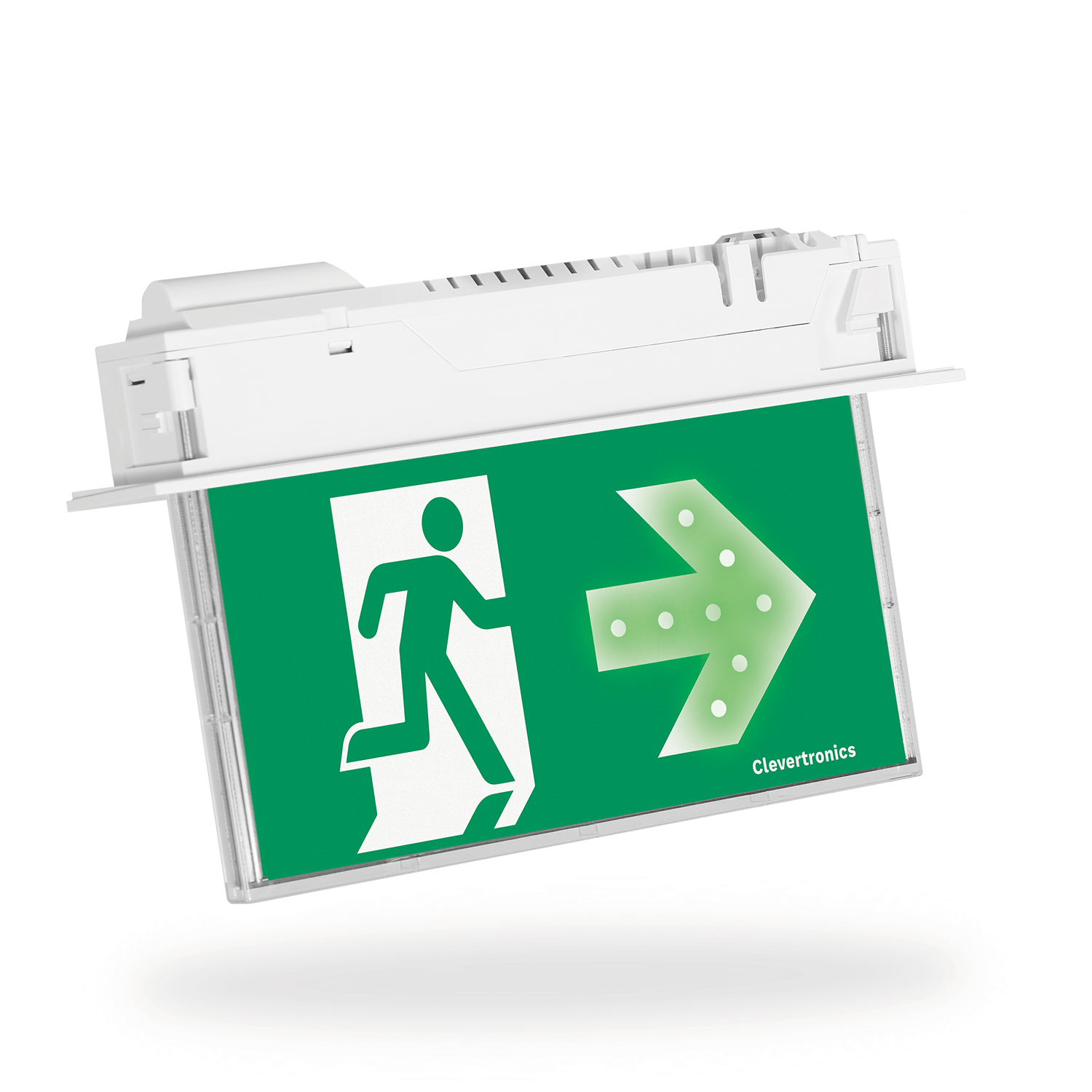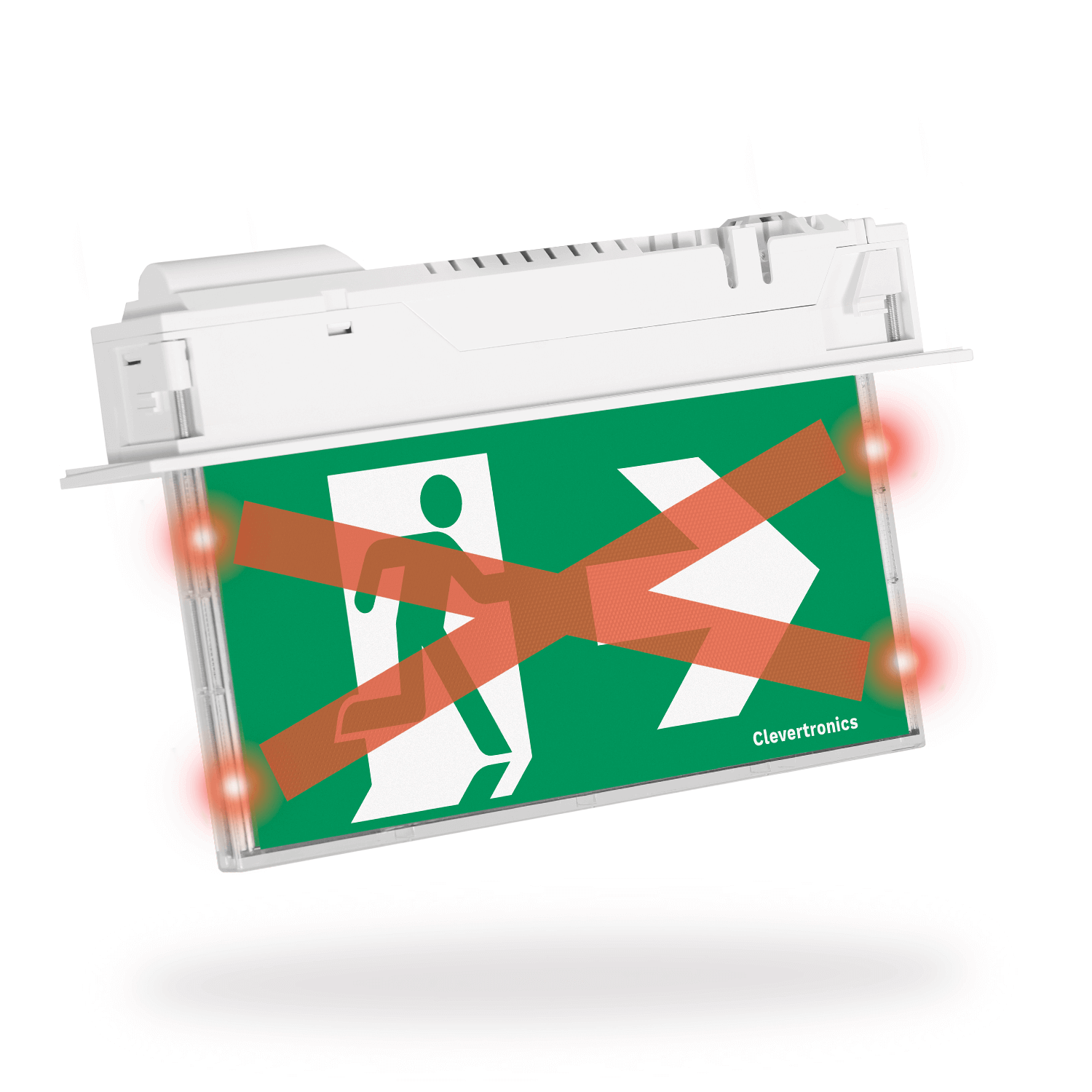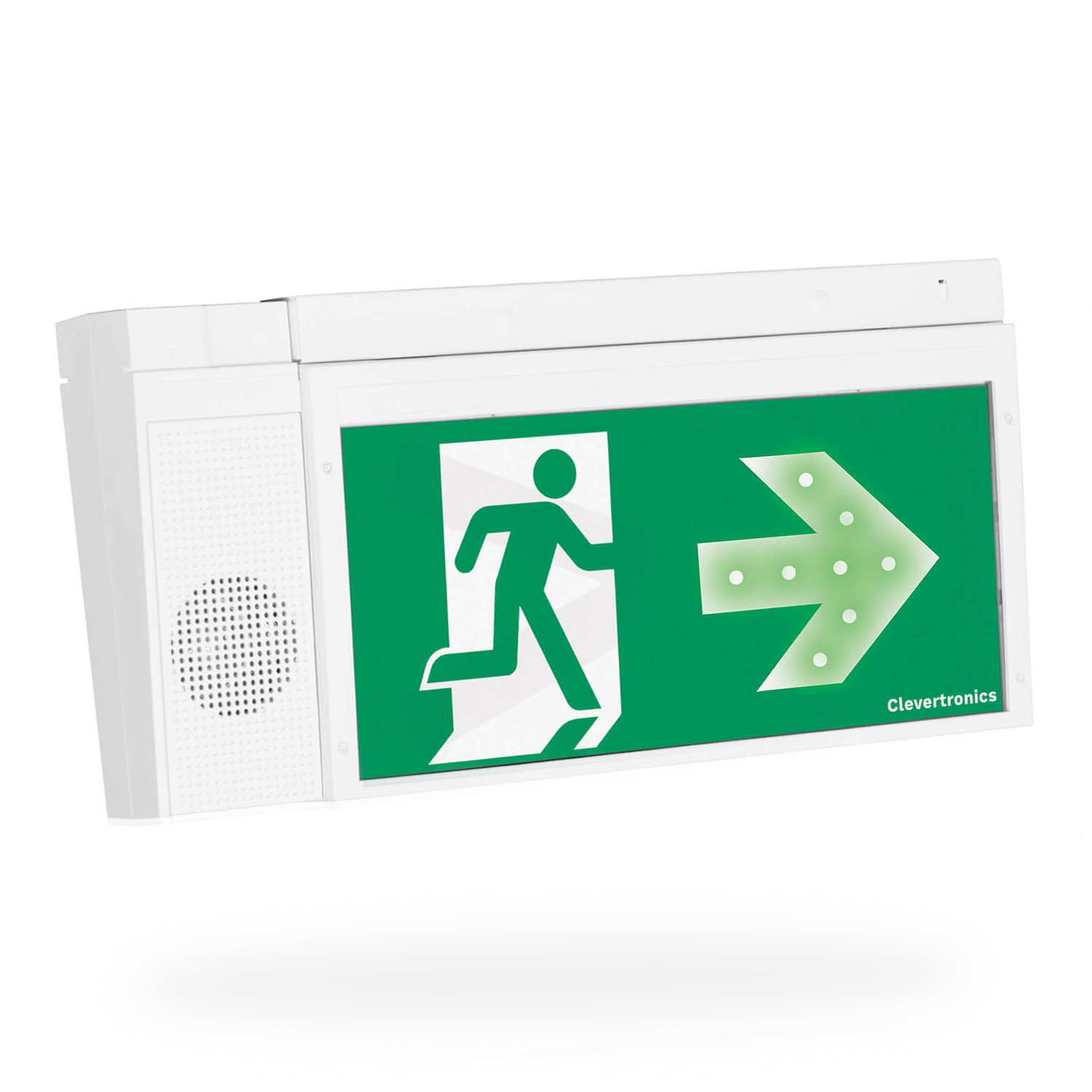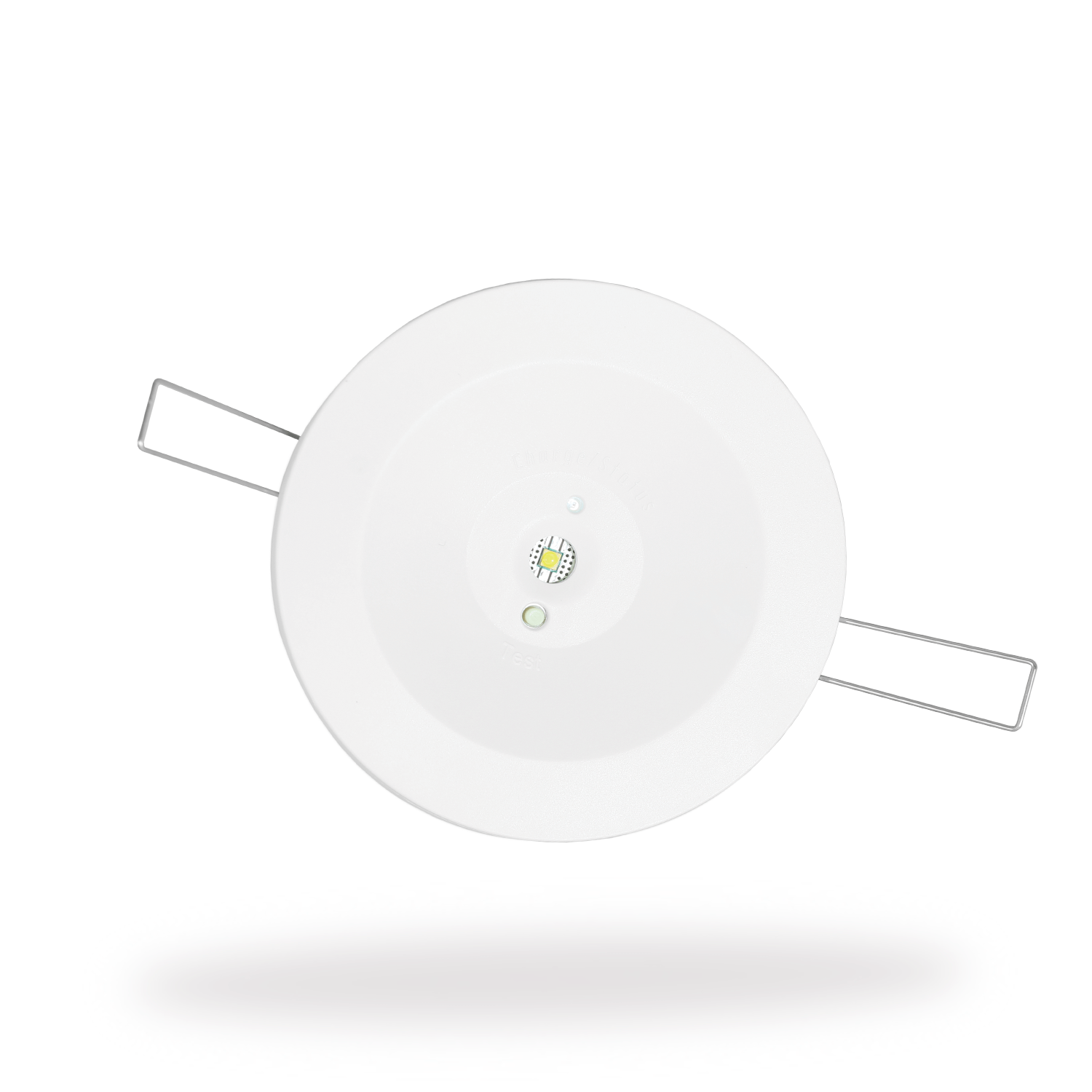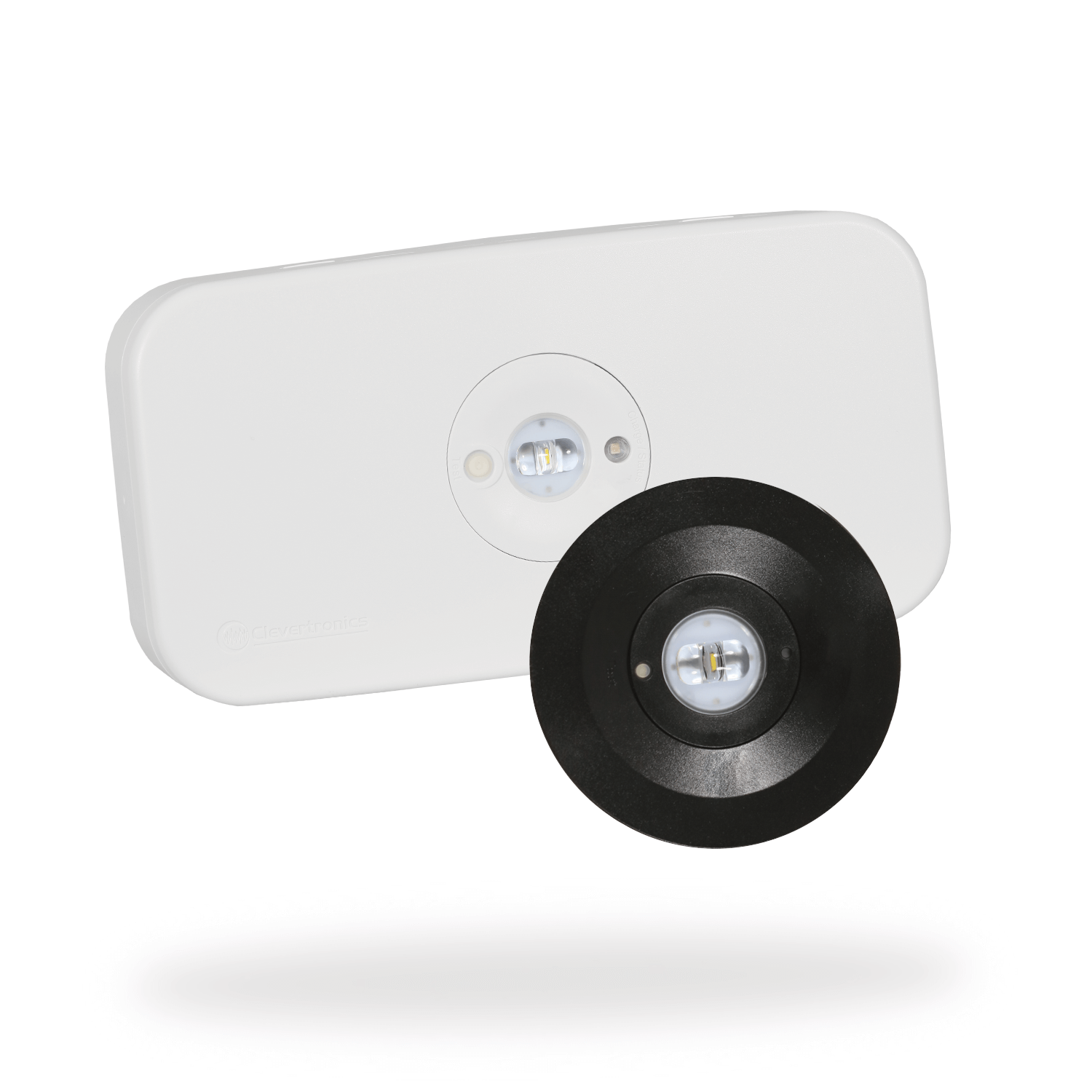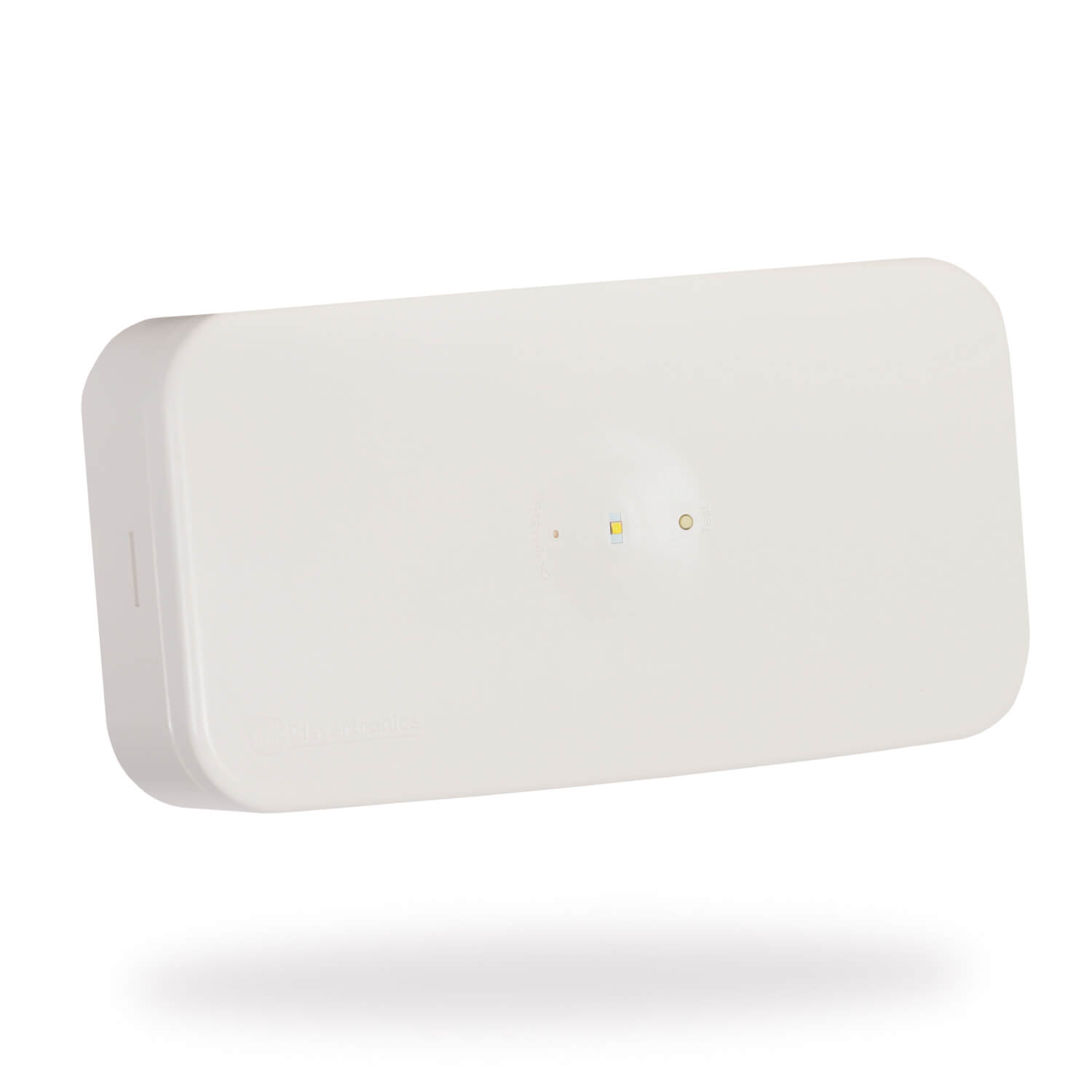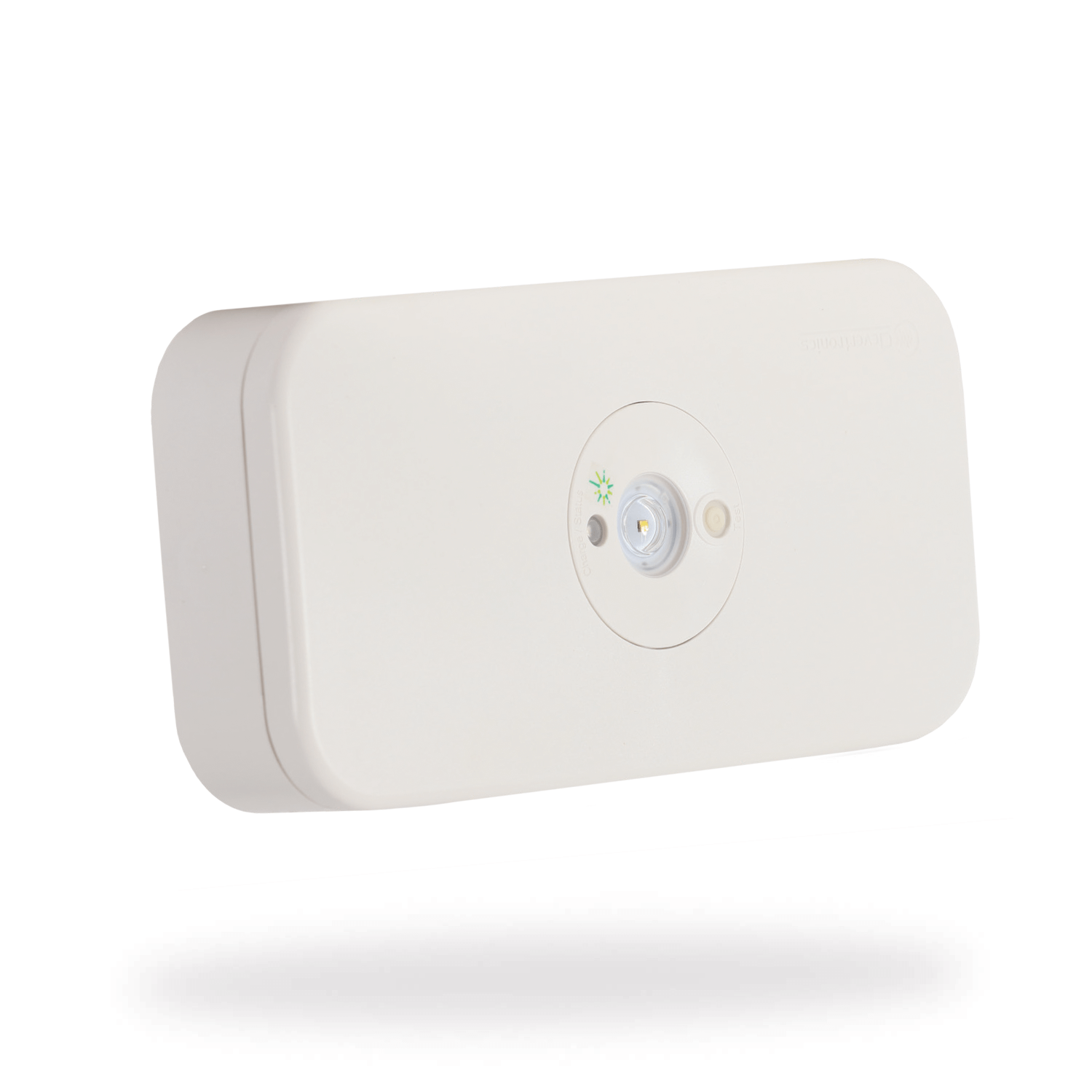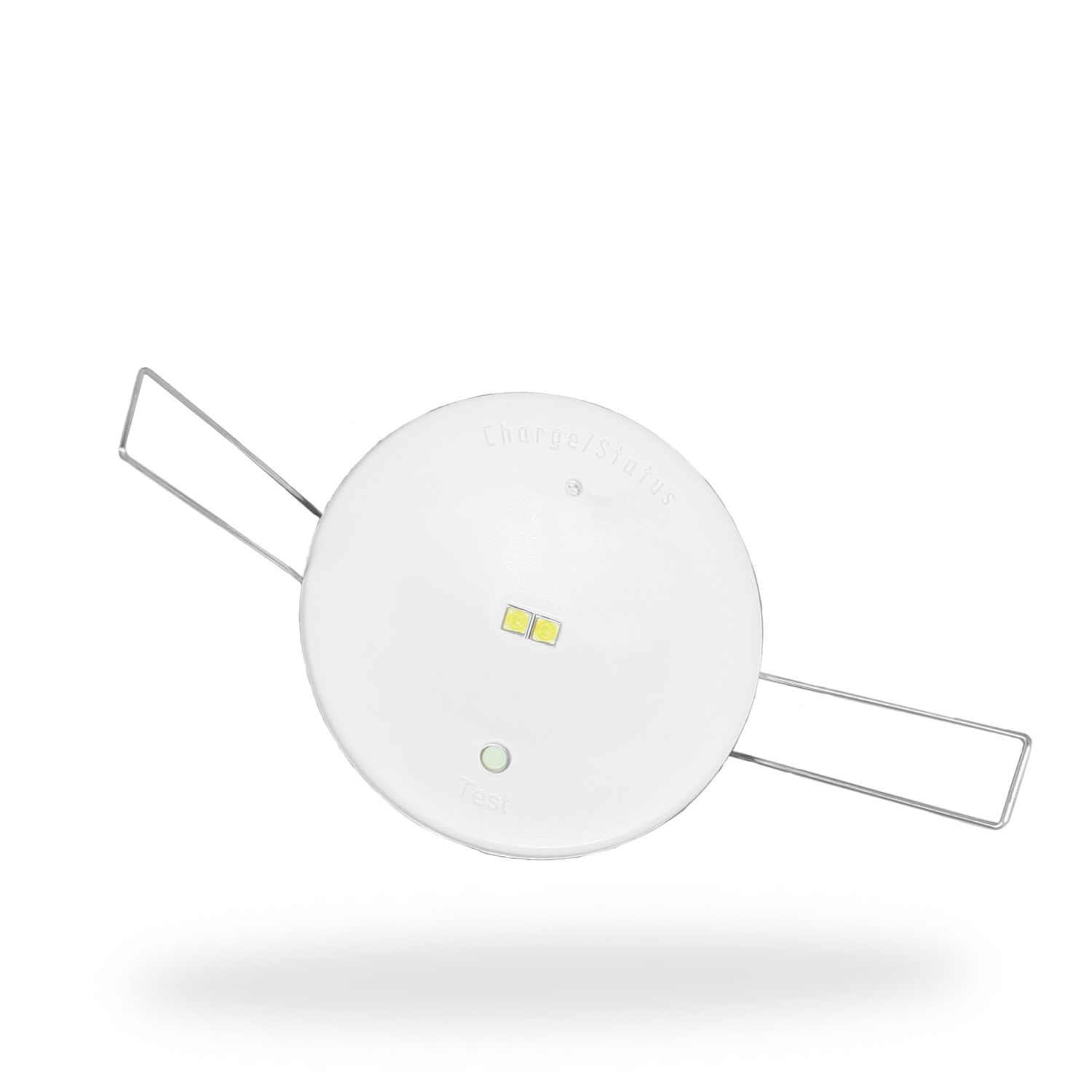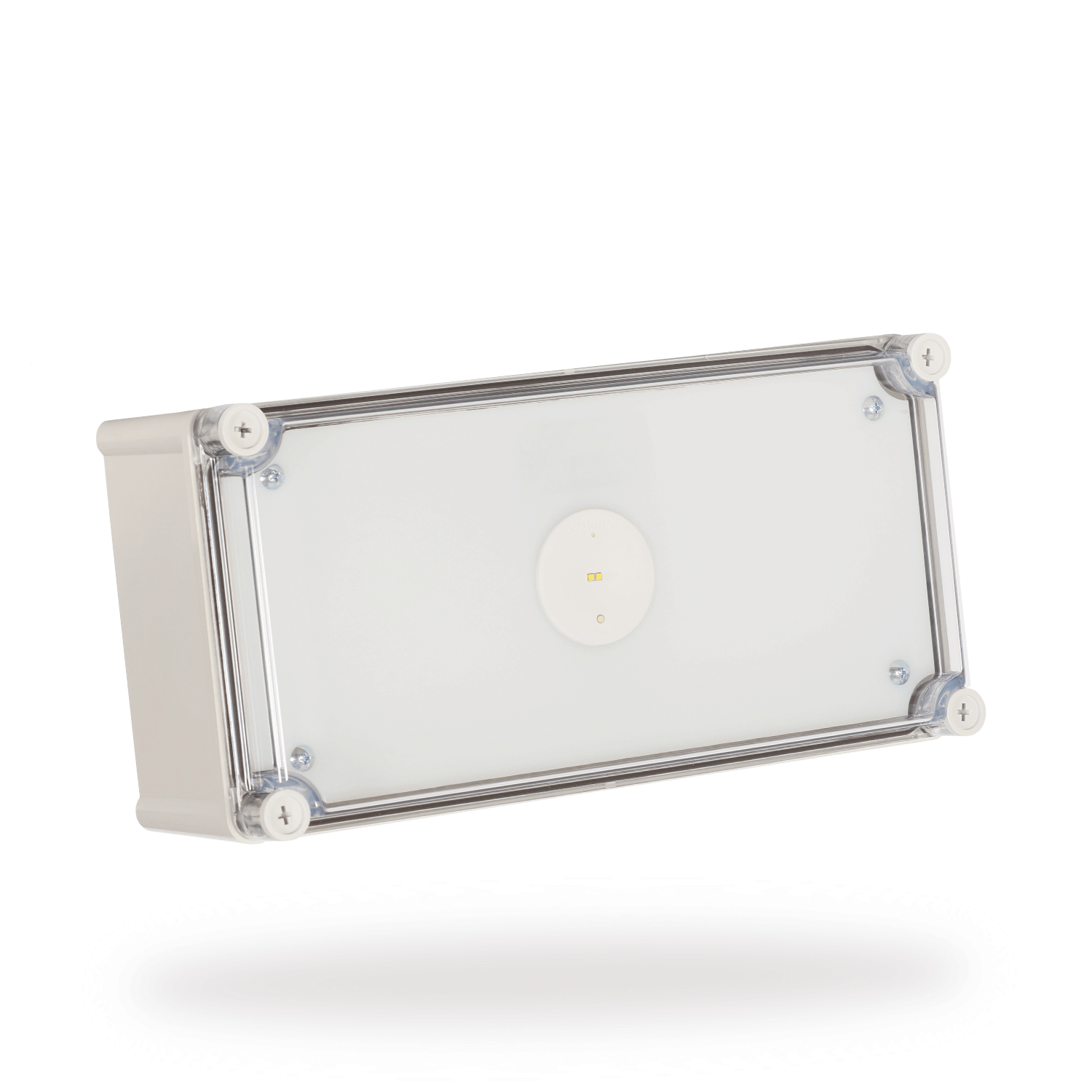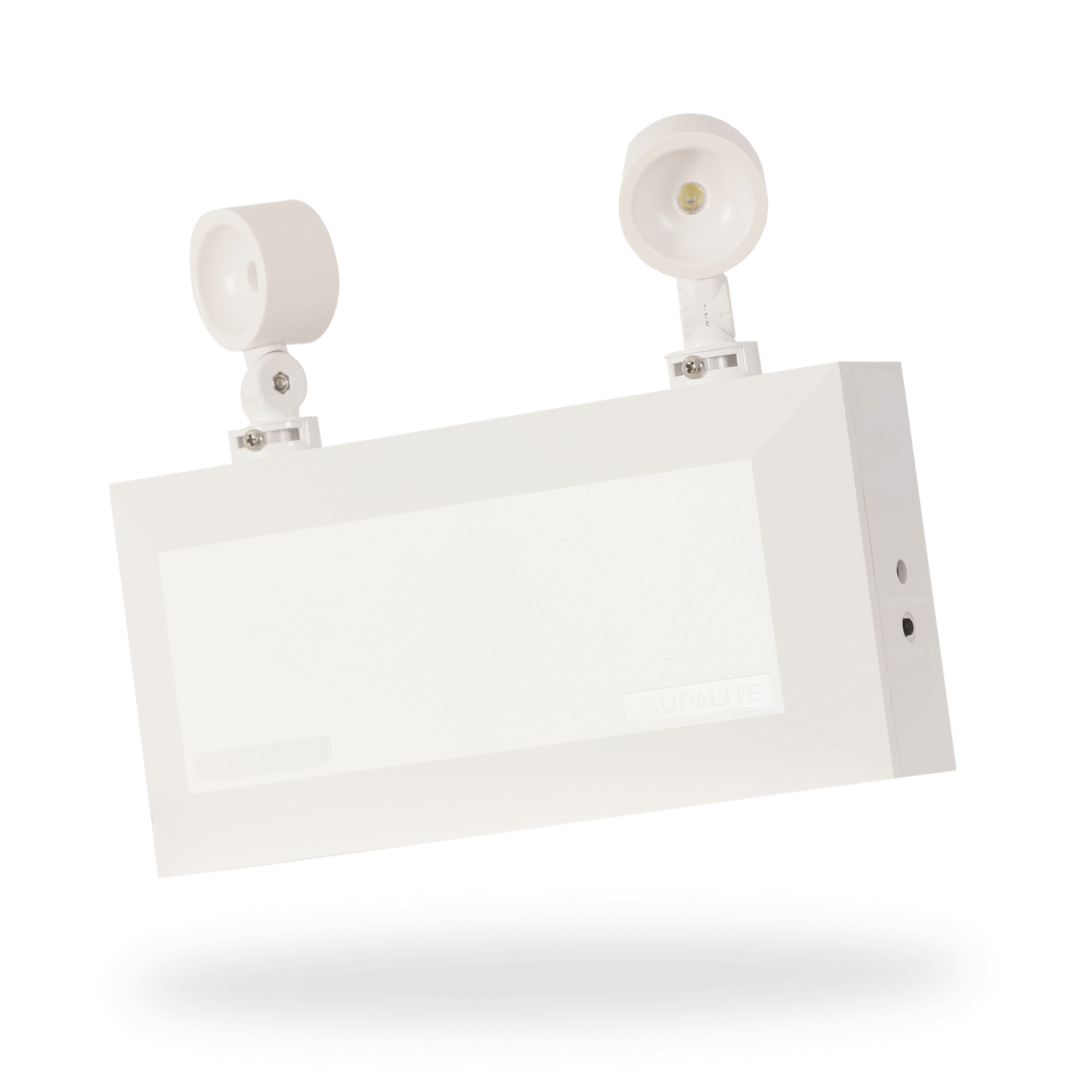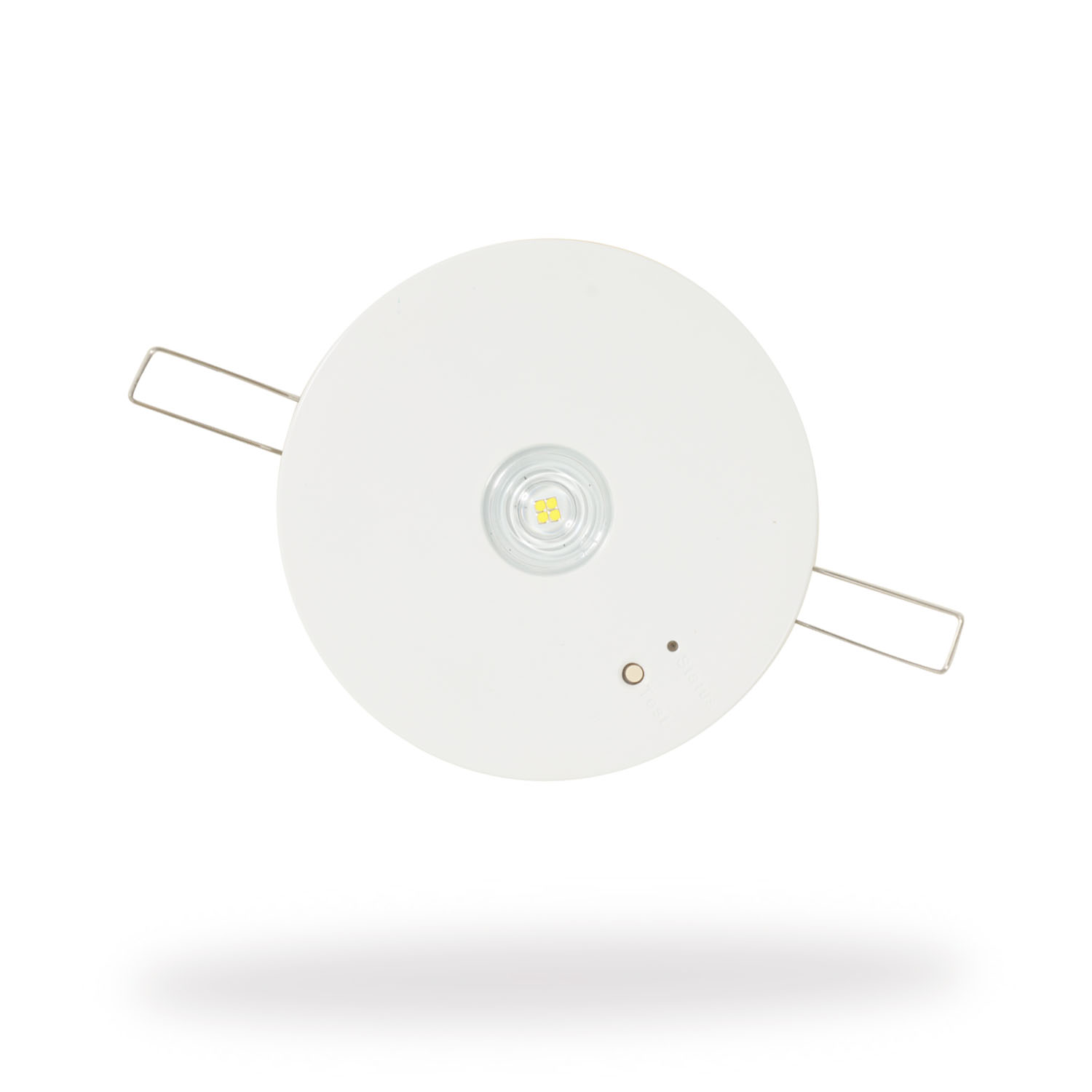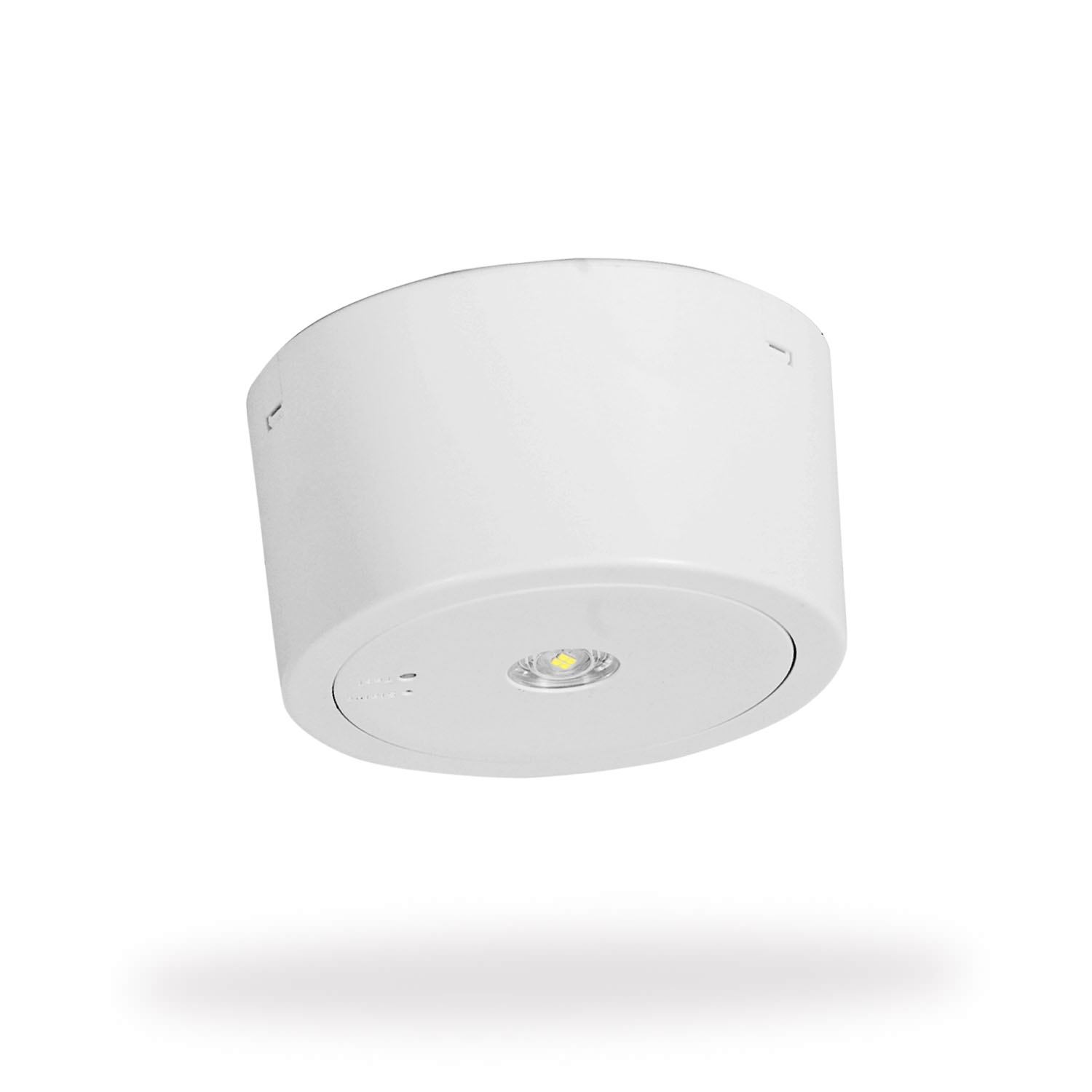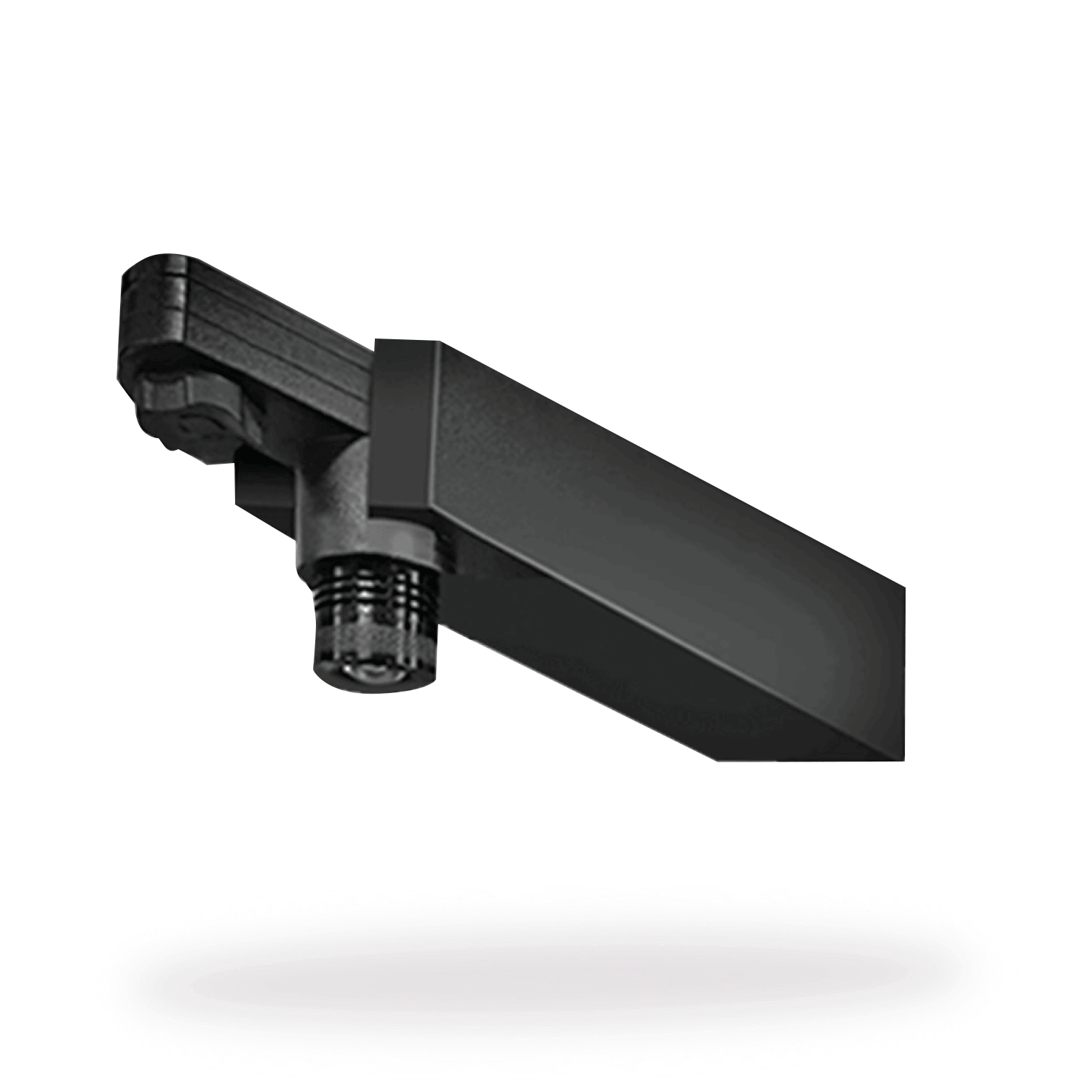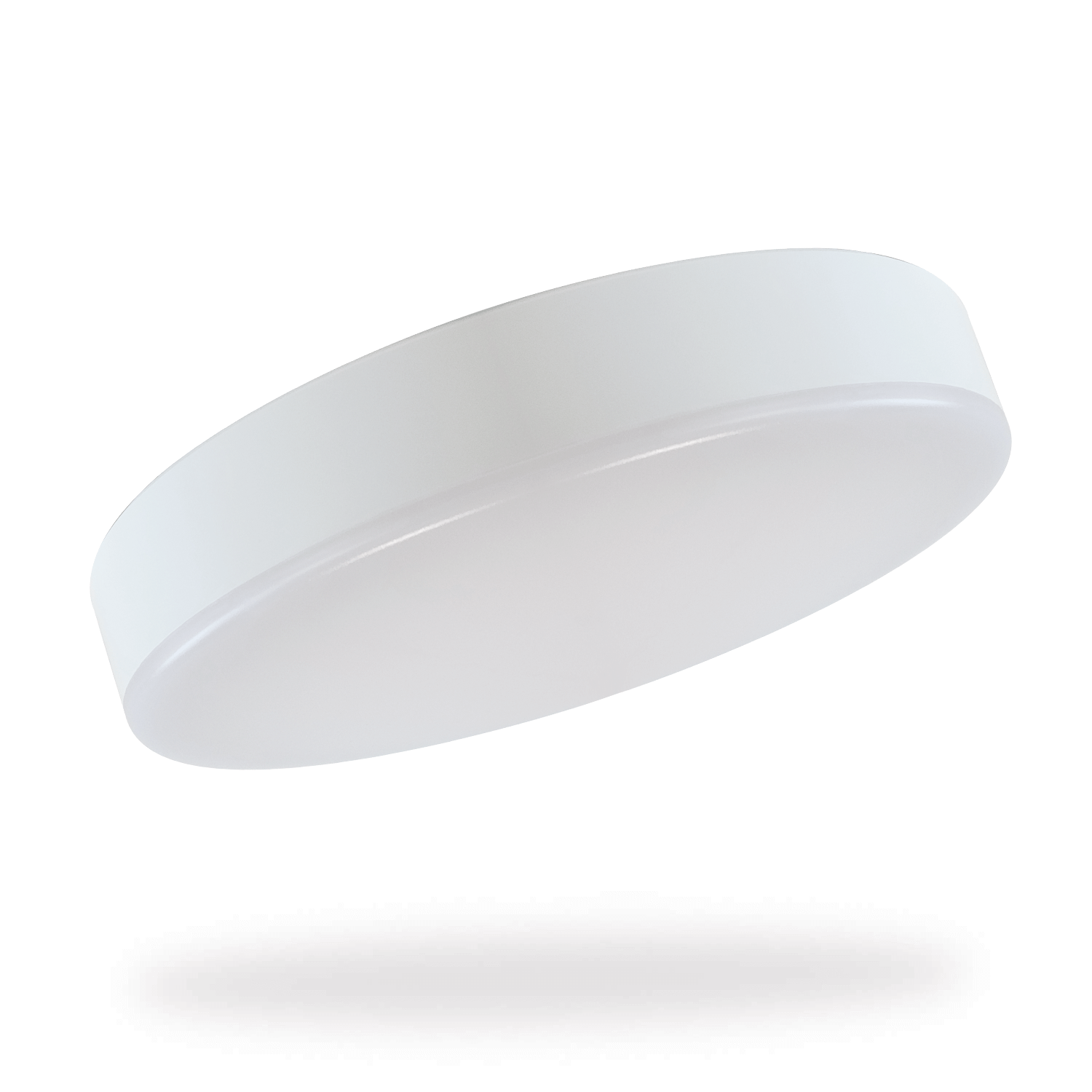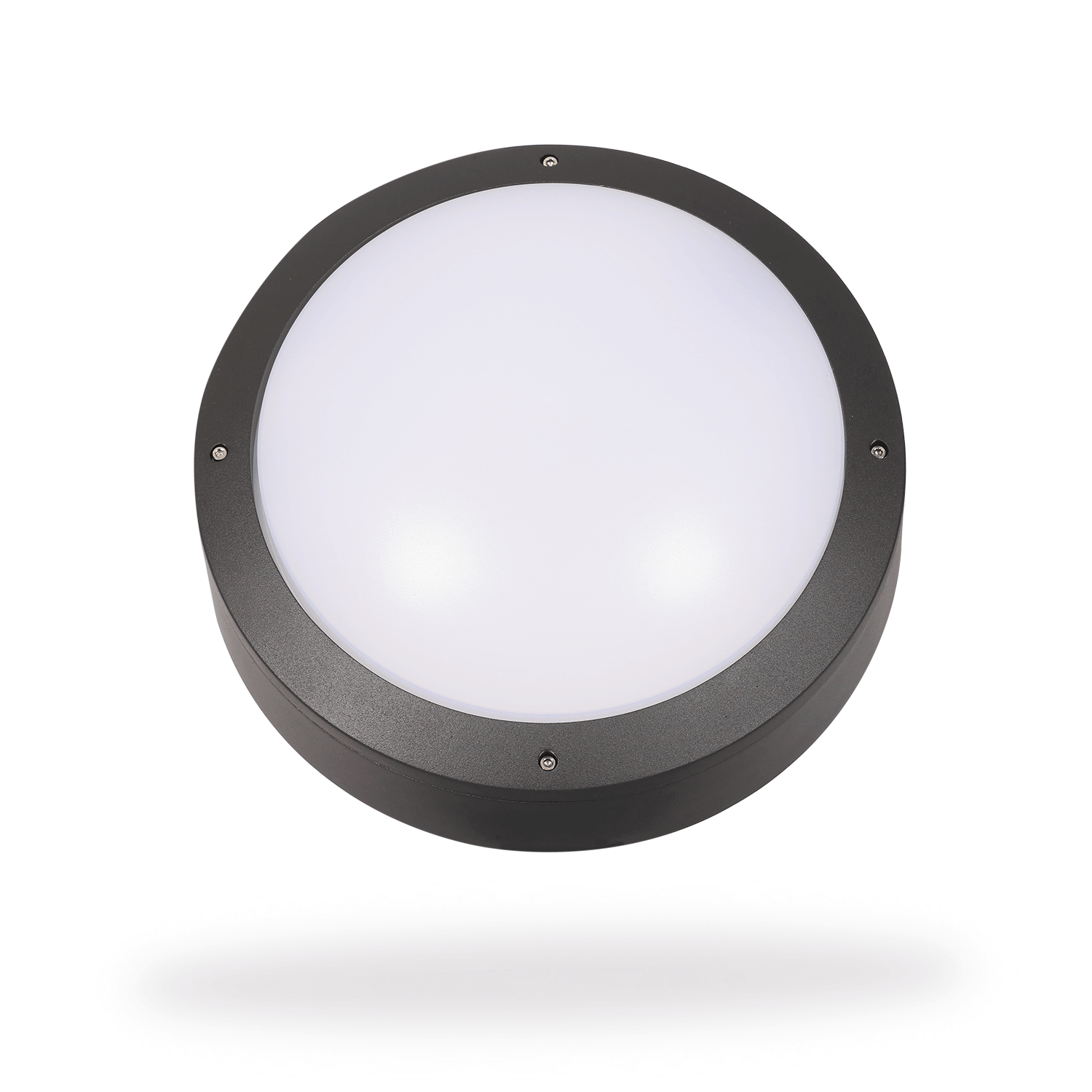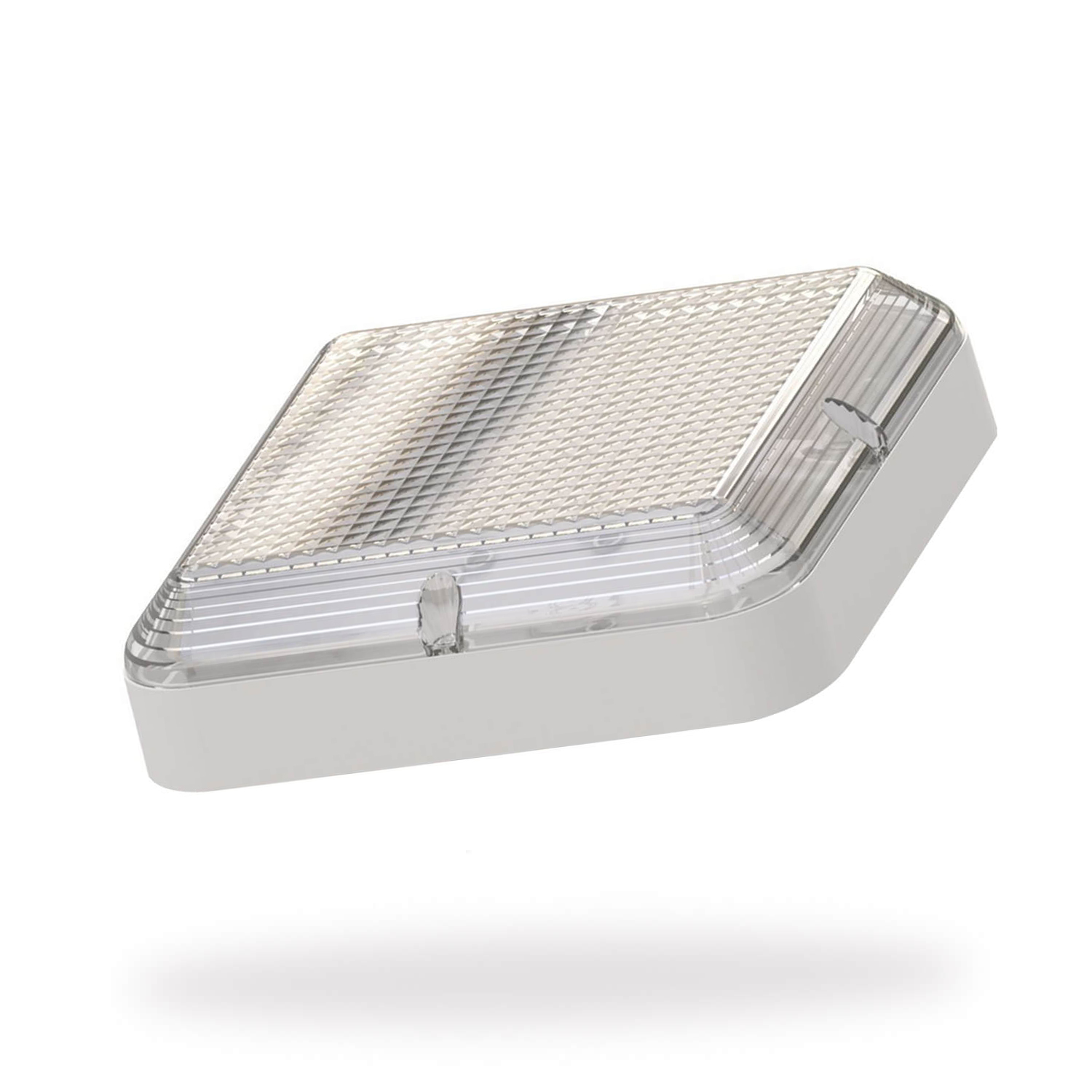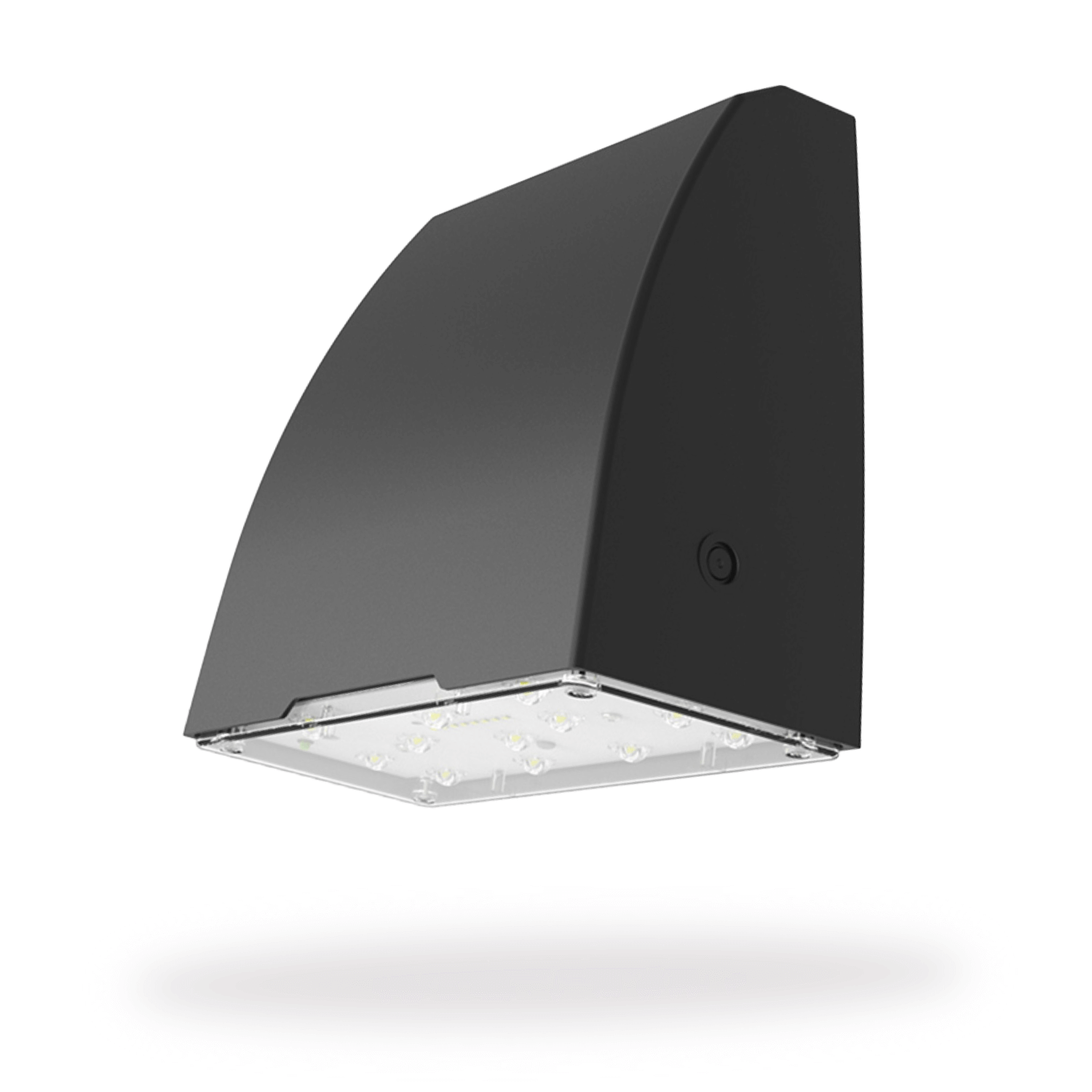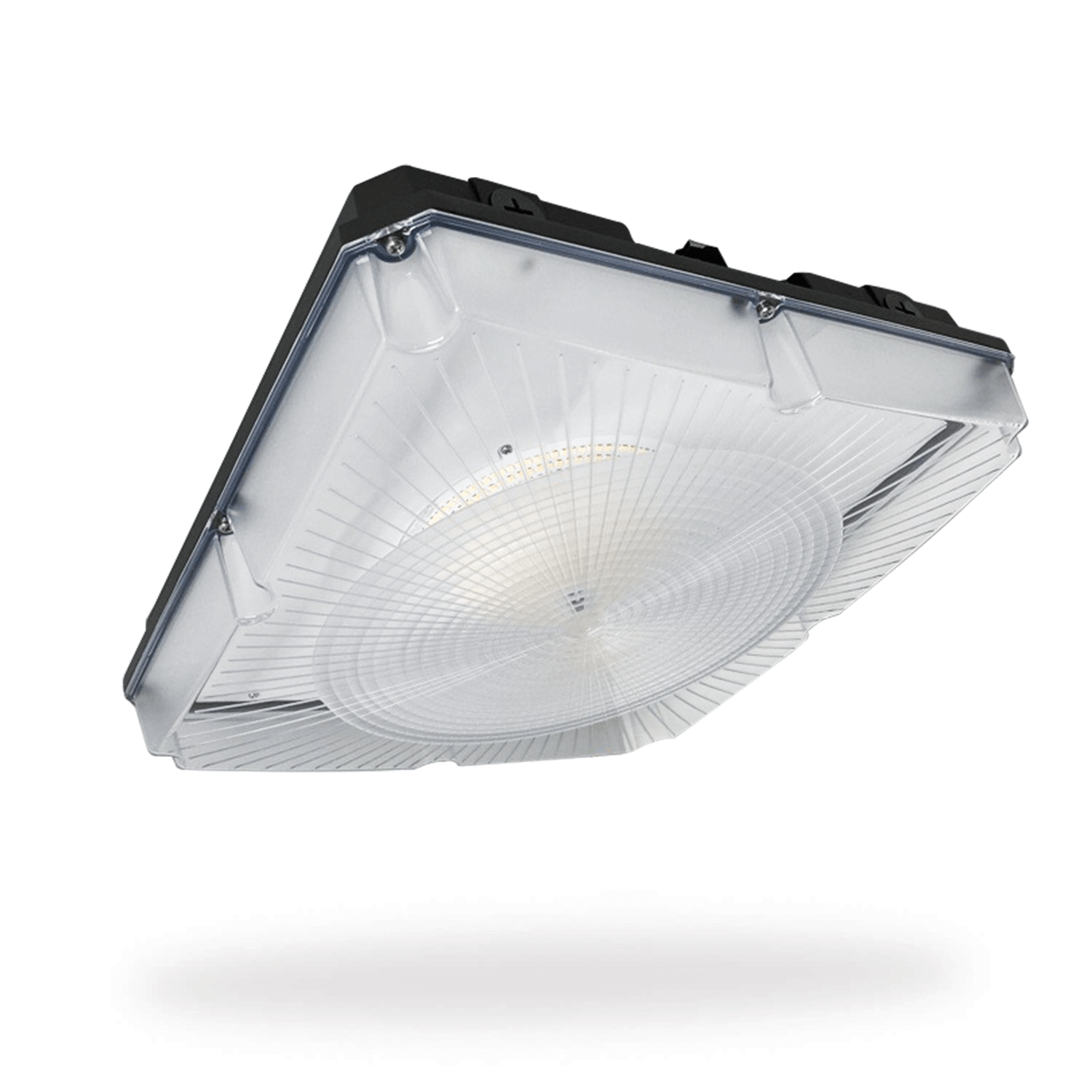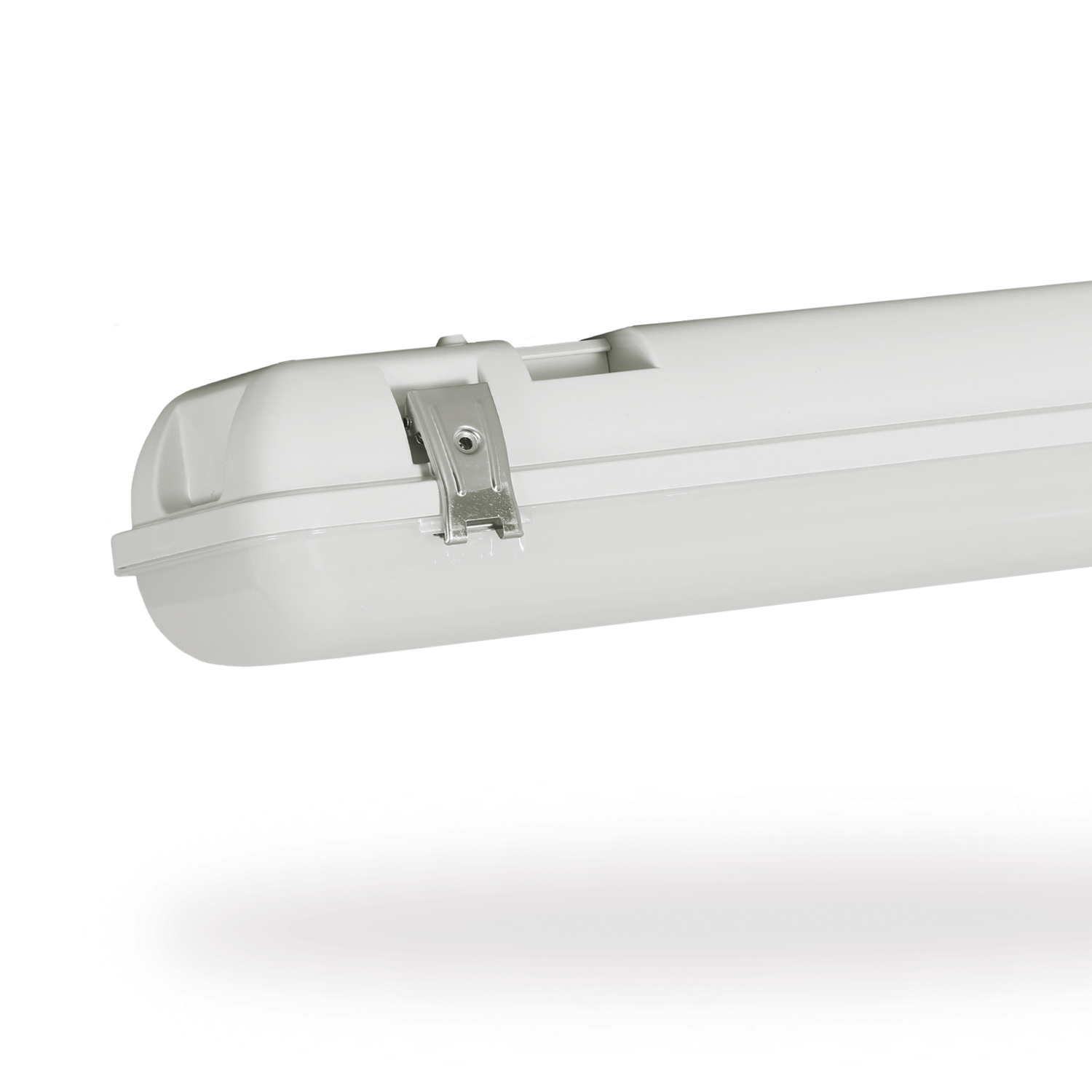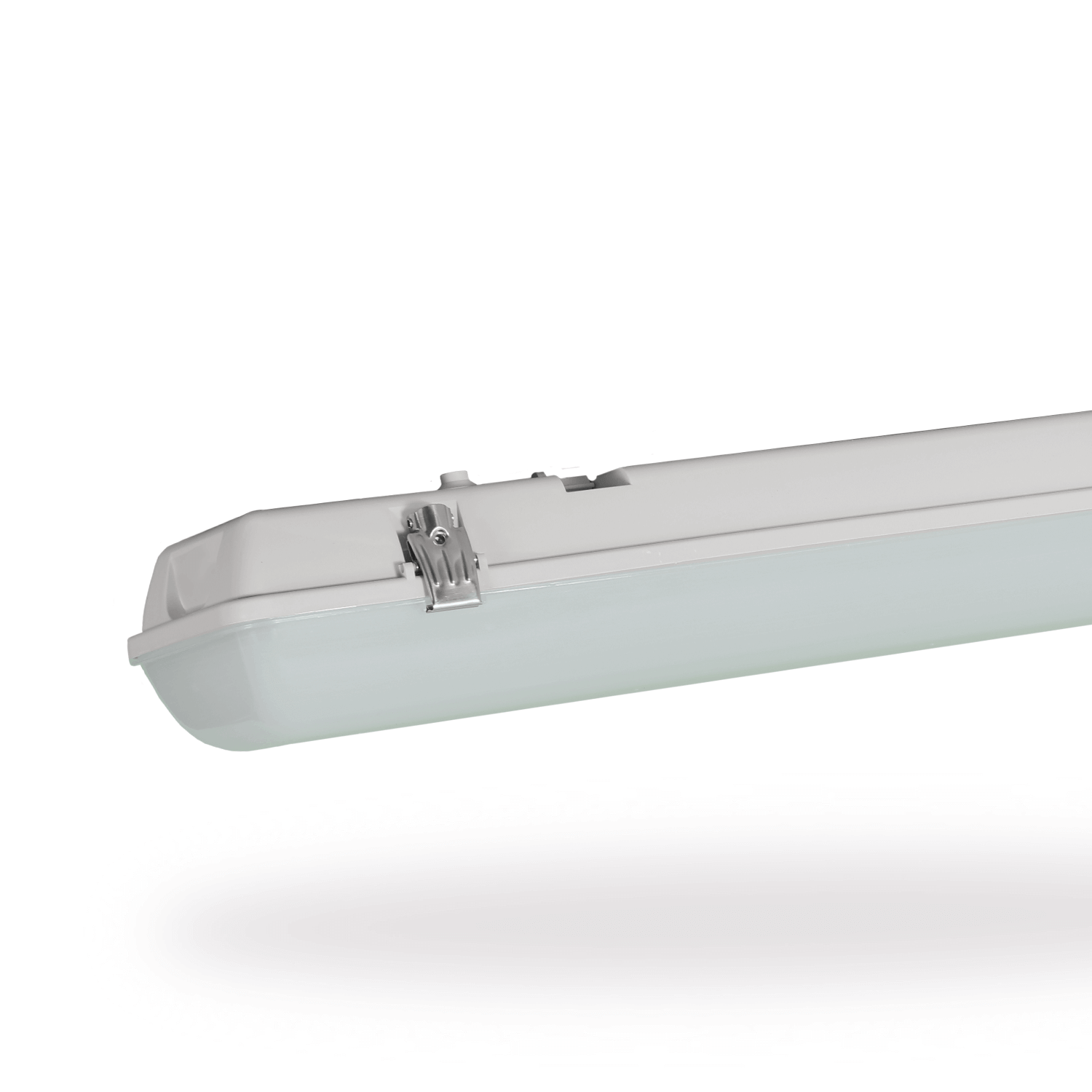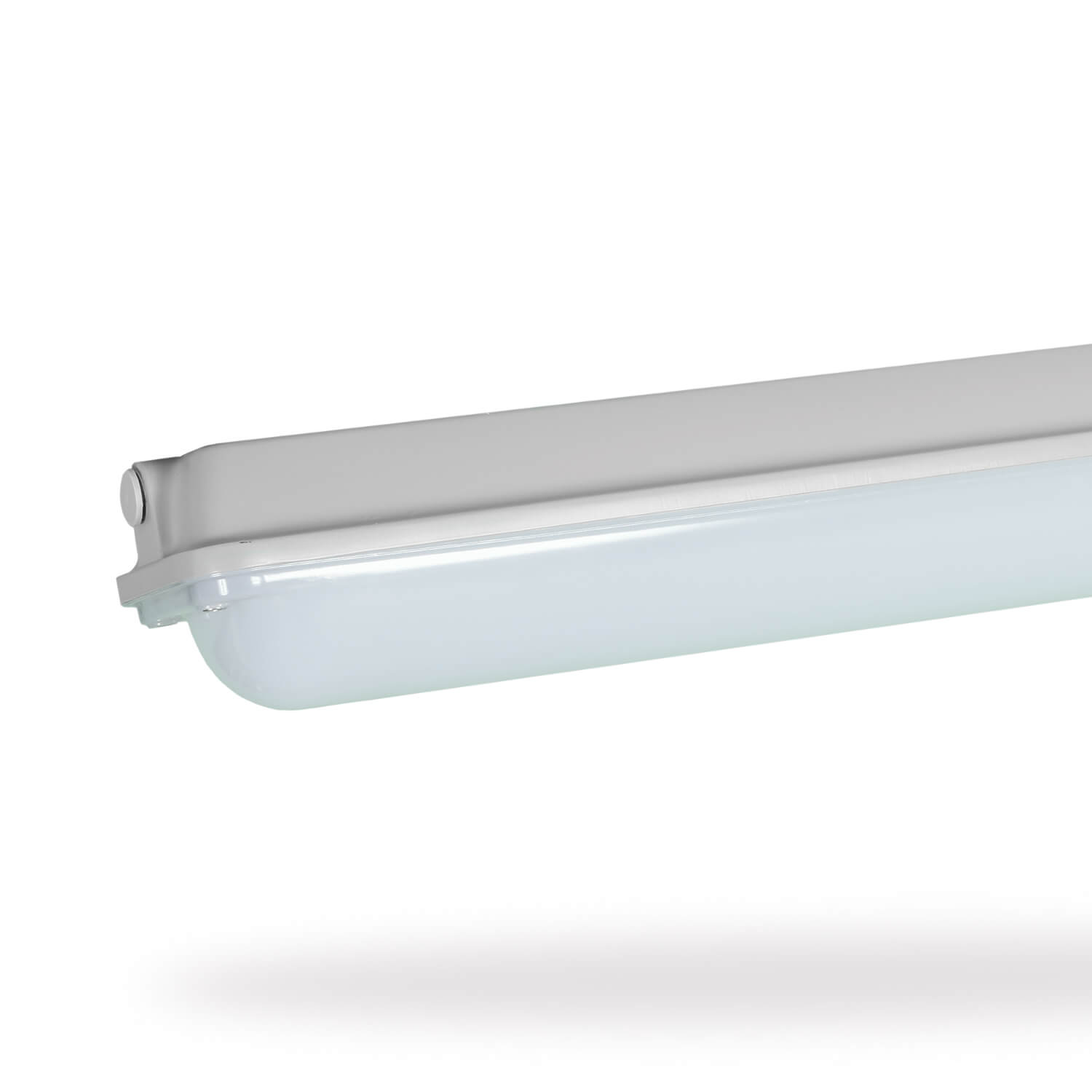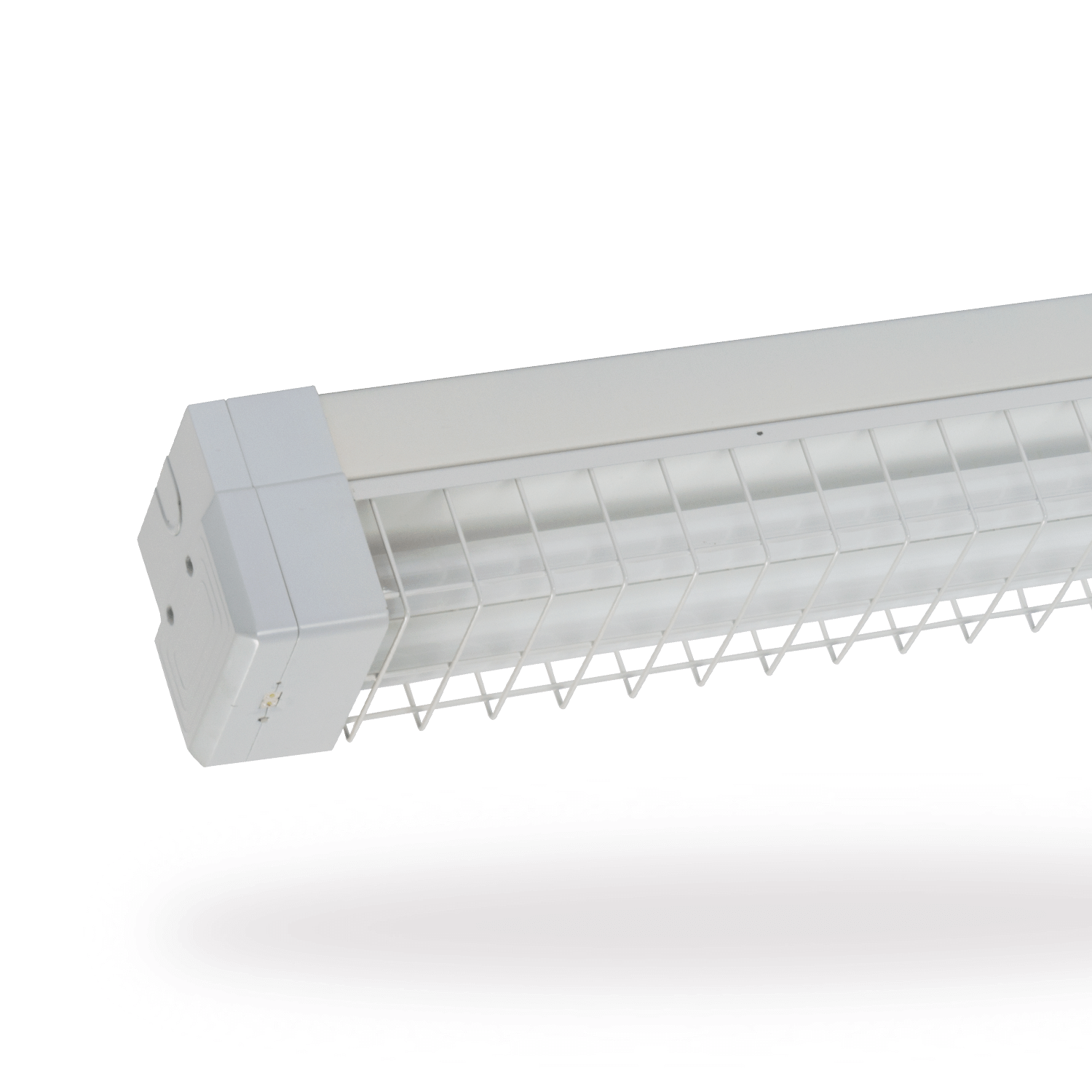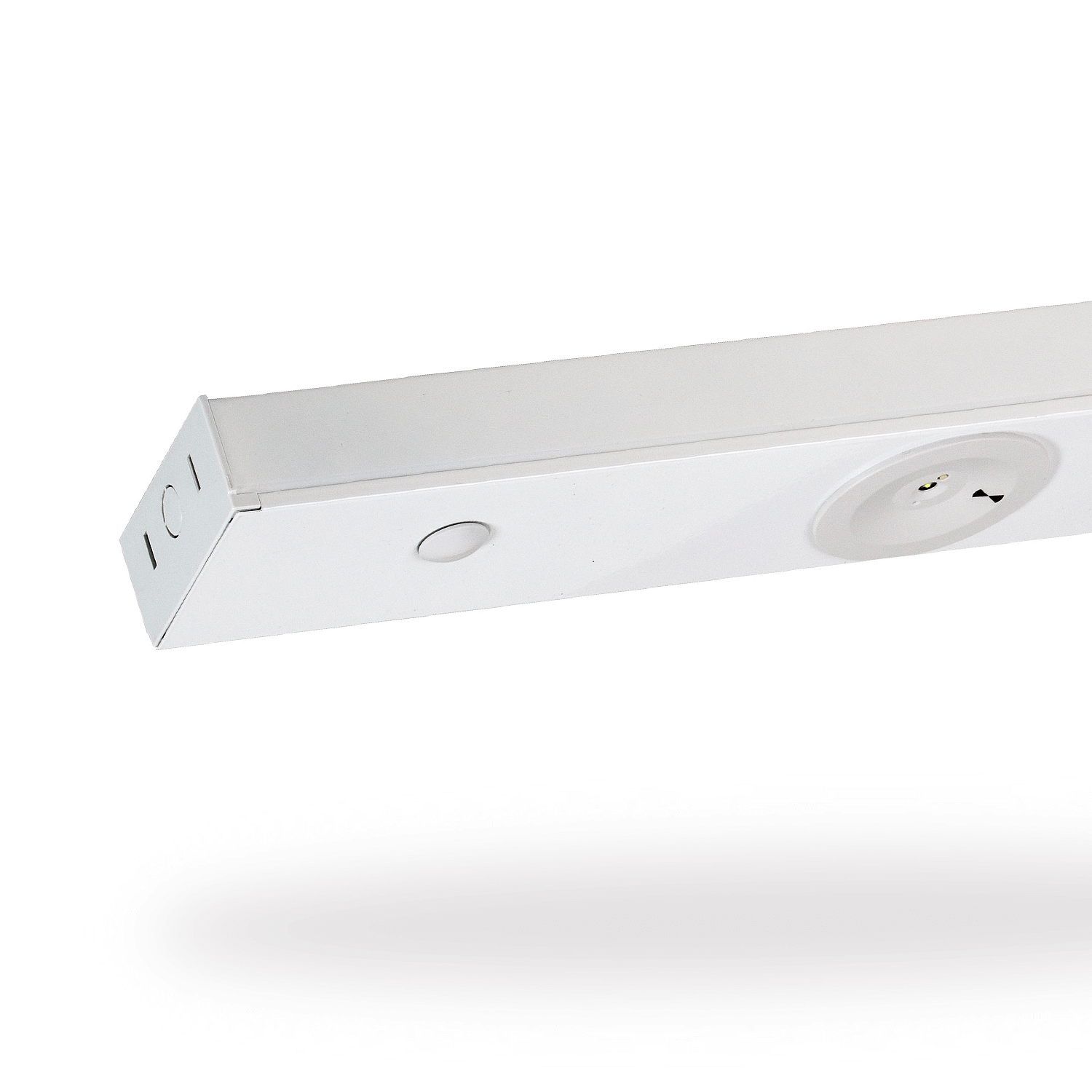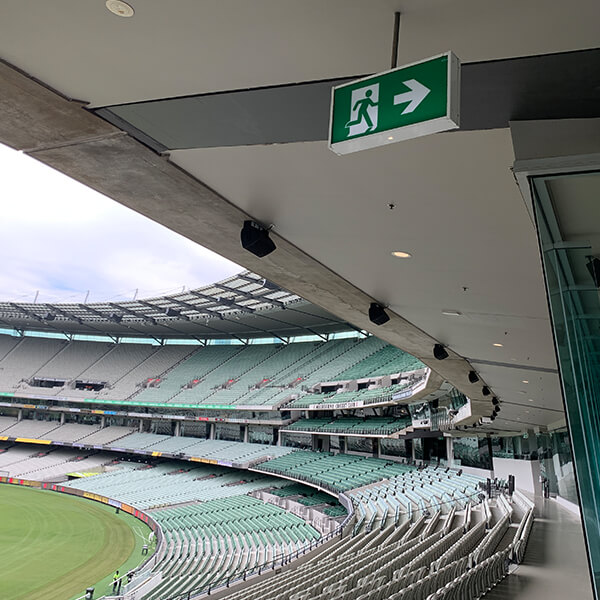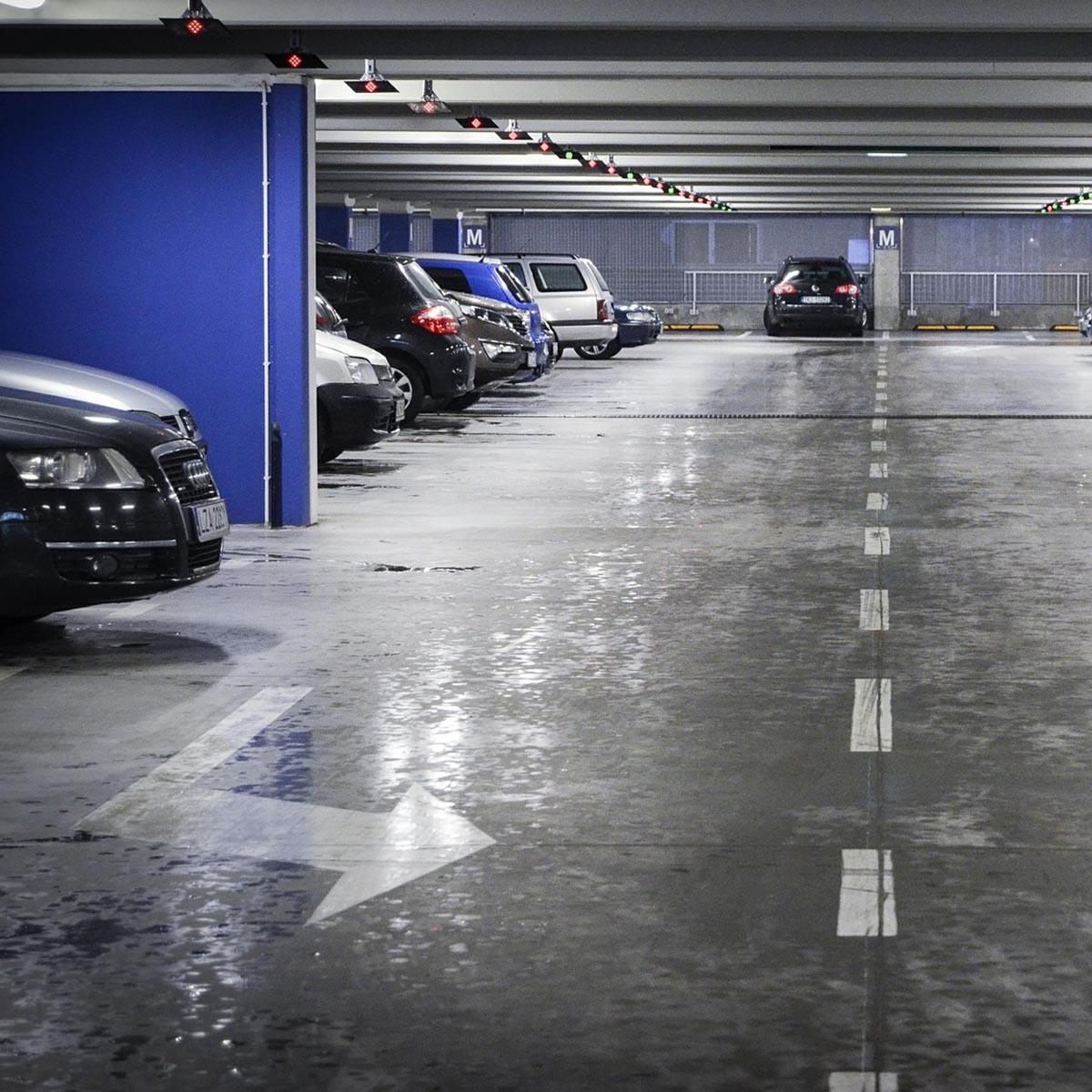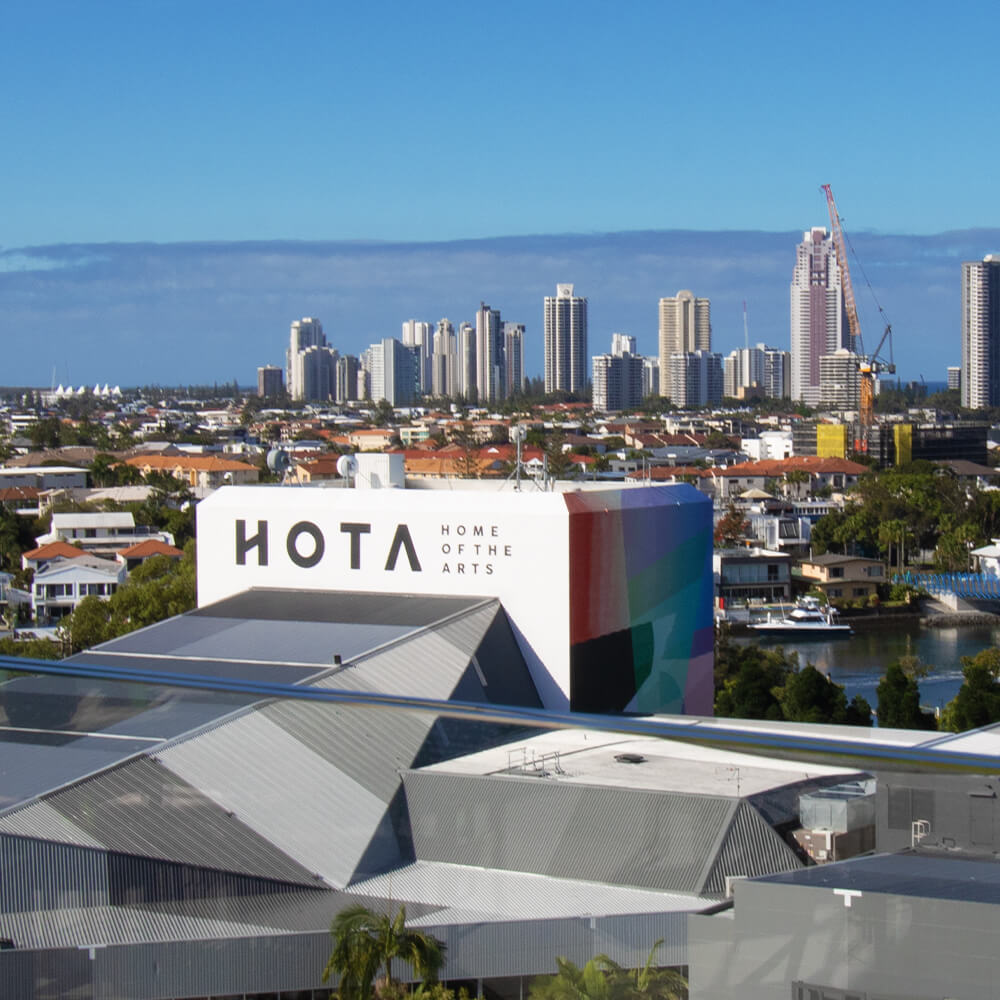Zoneworks® XT HIVE
Zoneworks is the world’s most advanced emergency lighting system with over 1,500 sites installed across Australia, New Zealand and the UK.
The introduction of Zoneworks XT HIVE is a significant milestone for the emergency lighting market as it has redefined the way emergency lighting is designed, installed and managed. XT HIVE is smarter and more advanced than any other system on the market.
Zoneworks XT HIVE reduces the backbone hardware requirements to a single RF controller and adds dynamic self-managed meshing technology to make your emergency lighting simpler, faster and easier than ever before.
• If you are designing an emergency lighting system, it is simpler
• If you are installing and commissioning emergency lighting, it is faster
• If you are managing emergency lighting, it is easier
Zoneworks XT HIVE will continue to be supported by a team of Advantage Lifetime Support specialists that ensure each system is looked after for its lifetime at no additional cost. It’s just what we do.
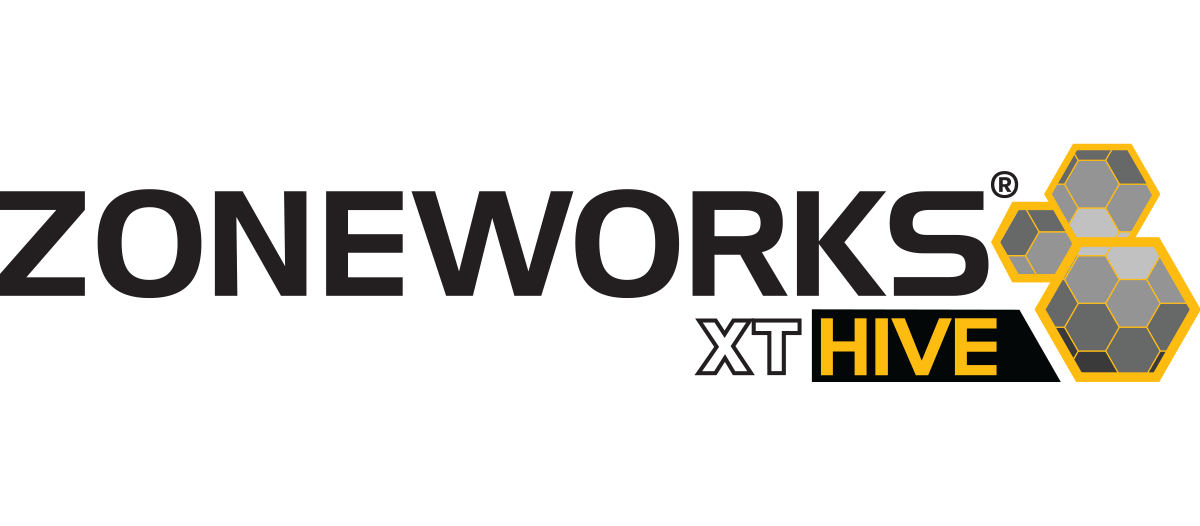
Zoneworks® XT HIVE Overview

Zoneworks XT HIVE introduces Dynamic Self-Managed (DSM) Meshing
• One single RF controller per 1,000 fittings
• Unlimited fittings per system
• Powerful Dynamic Self-managed Mesh radio network
• Industry grade encryption and site security
• Highest data throughput and performance
Less backbone = Less cost
Zoneworks XT HIVE features the absolute simplest RF backbone set up for any site.
• Every fitting self-discovers other fittings around it to form “colonies” that dynamically build the network
• Maximising the efficiency of the overall network
• Minimising commissioning and system management time
DSM Meshing = Faster & more reliable
Find a
Zoneworks® XT Hive Product
Zoneworks XT HIVE is compatible with the extensive LP Premium and L10 Nanophosphate ranges across exit, emergency, battens and specialised fittings. Clevertronics have dedicated engineering resources to ensure we can satisfy the requirements of every project.
Zoneworks XT HIVE Backbone & Connectivity

Step 1:
Automatically Mesh Devices
Once HIVE fittings are installed and powered up they automatically create a network by self-discovering others around them using dynamic self-managed meshing (DSM Meshing).
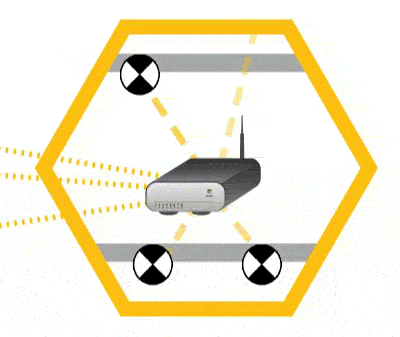
Step 2:
Enable the Controller
Switch on the controller to provide access and control of the emergency lighting system.
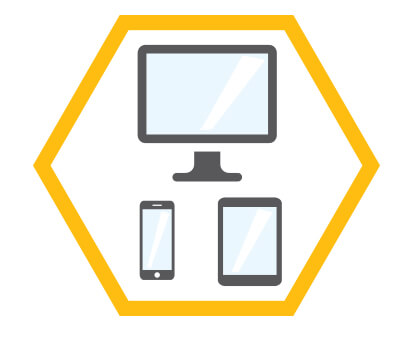
Step 3:
Create Your Log Book
The fitting register can now be easily uploaded and a smartphone or tablet can be used to perform local fitting diagnostics and identification.
Security
The method used by the HIVE controllers to achieve this outcome is via a unique encryption key. Following the initial commissioning, the fittings are then issued an encryption key; either globally across the entire site or on a controller-by-controller basis.
In the same way that bees join a colony, once the encryption key is applied to the HIVE emergency fittings and the controller, a segregated community of Zoneworks XT HIVE emergency light fittings is established, and the members of this HIVE will only communicate with their fellow members, ignoring any others within range.
New members can only be added to this community by the issue of the site’s unique encryption key. This key can be changed by the client if or as required.
The HIVE controller(s) and fittings also provide 3 levels of RF network security – Message Integrity, Message Confidentially (encryption) and Node Authenticity.
Message Integrity
Each message is appended with an OMAC1 Message Integrity Code.
Making sure the message content was not interfered with during transmission.
Message Confidentiality
Every message is encrypted with AES128 CTR mode using a message specific nonce.
Ensuring the message is encrypted in such a way that if it could be heard or intercepted the message could not be understood.
Node Authenticity
Network signalling messages are encrypted and appended with an OMAC1 Message Integrity Code (MIC). Nodes without the correct encryption & MIC key pair cannot join the network.
Making sure that received data can be trusted.
Security at the Controller and Server
Industry standard:
• SSH for file transfer
• HTTPS
• Secure Socket Layer for MQTT

Dynamic Self-Managed Meshing
(DSM Meshing)
DSM Meshing manages the optimal communication path of each fitting using frequency, signal strength and timing. This ultra-fast data network enables real-time analytics and response. In a 1000 fitting network, the collection of status and test results average one second or less per fitting, this ensures a fast and less complicated process when commissioning, testing and performing maintenance.
When the Zoneworks XT HIVE fittings are powered up they self-discover surrounding fittings to automatically form a network.
Backbone Design & Installation
A single HIVE RF controller manages up to 1000 fittings, and the system can handle unlimited fittings by adding additional controllers on larger projects.
Zoneworks XT HIVE is simple because you don’t need this hardware:
- Additional Routers
- Additional Controller
- Additional Repeaters
- Additional Extenders
- Additional Couplers
- Additional Data Points
- Cable Between Fittings
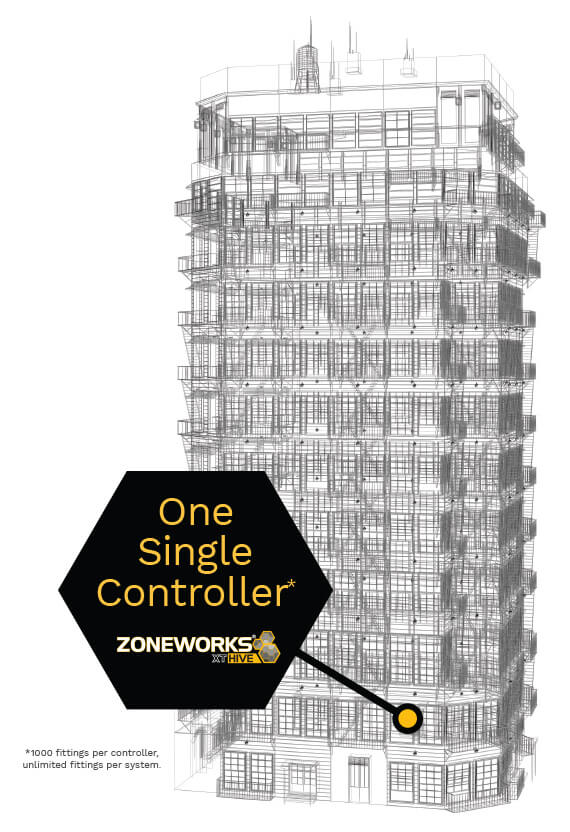
Commissioning
A simple two-step process is used to commission a Zoneworks XT HIVE system.
Once HIVE fittings are installed and powered up they automatically create a network by self-discovering others around them using dynamic self-managed meshing (DSM Meshing), saving valuable commissioning time.
Step 1
Switch on the controller to provide access and control of the emergency lighting system.
Step 2
The fitting register is easily uploaded via a spreadsheet, and a smartphone or tablet can be used to perform local fitting diagnostics and identification where required.

Operation & Reporting
Zoneworks XT HIVE has all the functionality users are familiar with, including a clean and simple web-based interface that can be integrated seamlessly with other networked building management services.
The reporting functionality provides everything you need at the push of a button from faulty fittings, maintenance log and full test results.
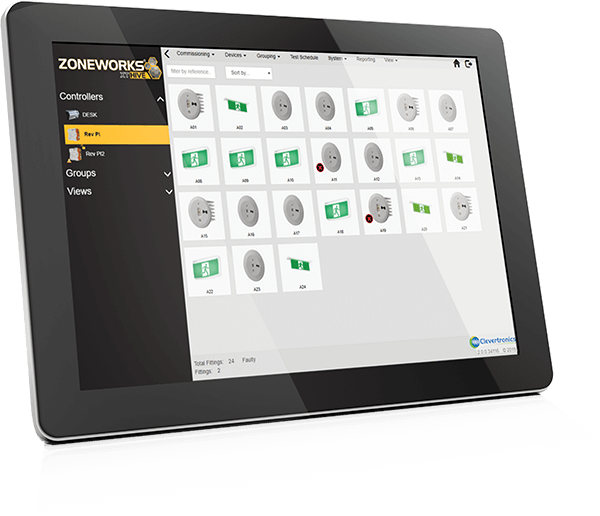
Fitting by Group
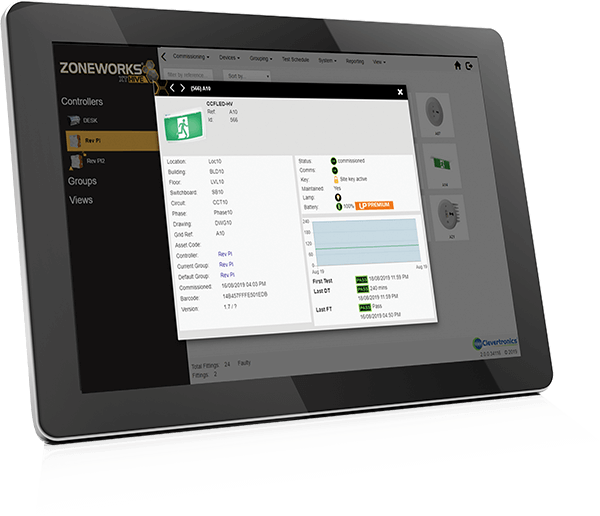
Fitting Details
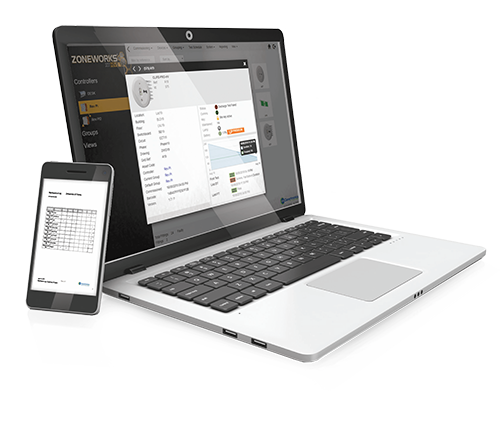
Reporting Functionality
Flexible Site and User Management
Allows organisations with large sites or multiple locations to put one controller at each address to centrally manage all their emergency lighting systems from one place, including gathering compliance test results without needing to attend the sites in person.
A feature named “Site Group Access” enables facility managers to grant specific access to users across different parts of the network. For example, they might have an agreement with different local contractors to provide emergency lighting maintenance for different locations. The building manager can give them access to the system, but they’ll only see the parts that are relevant to their location. This feature coupled with Active Directory Integration allows system administrators to manage users more effectively.
Cloud Hosting
While the Zoneworks XT platform can be housed locally, clients may instead choose to access Zoneworks XT Cloud Hosting, making it the practical choice for installations where there are no dedicated building management facilities. All that is required is an internet connection to the local XT HIVE RF controller and you are set to go.
Simpler Commissioning
Multiple installers can work efficiently together at different locations to create the master register, ready for managing compliance testing for the site. The Zoneworks App lets maintenance personnel manage multiple sites, including control of access to the system for additions or changes as required.
Sensitive Areas that can’t utilise wireless platforms
Zoneworks XT HIVE has the solution if an RF network isn’t suitable for selected rooms or areas that are shielded from all RF interference due a specialist function, or a requirement for specific luminaires.
These may include high-security facilities, emergency services control rooms, hazardous area lighting, or hospital MRI rooms. Adding a Hive2Wired bridge outside of the sensitive zone enables a Zoneworks connection using a (Non-RF) wired communication link into the shielded area and includes the fittings in the same system.
Building Management Systems Integration
The Zoneworks XT management software includes the capability to integrate with 3rd party Integrated Building Management Systems platforms. This allows for the integration of the emergency lighting information into a single, consolidated building management system, alongside other building services including general lighting, ventilation, security, access, and more.
We offer integration with 3rd party Building Management Systems on several levels:
- Low Level via voltage free contacts that provide system alarm and fault indications.
- High Level via a Direct Structured Query Language (SQL) database access where all information associated with each emergency light fitting can be obtained (no additional cost).
- High Level MQTT interface for integration of Zoneworks XT HIVE compliance data to third party supervisory control systems and dashboards (like Building Management Systems).
Clevertronics can provide a “System view” for the BMS integrator to access only the relevant information for each site.
Upgrading your existing Zoneworks system to XT HIVE
An investment in a Clevertronics Zoneworks system is an investment for life. Every new Zoneworks system is backwards compatible with previous generations that allows for a seamless upgrade pathway for all our end user clients to accommodate refurbishments like tenancy refits, building additions, or simply migration to our latest technology as fittings fail through natural attrition.
It is not a large investment to commence a system upgrade, simply add an XT HIVE controller and add or replace fittings when required under regular maintenance. Software updates are free and Clevertronics provides commissioning support to migrate your existing Zoneworks system and XT HIVE into one front end interface for ongoing testing, reporting & compliance management.
Backwards compatible HIVE nodes
Clevertronics LP & L10 battery technology combined with 100,000hour luminaires means your installed fittings have industry leading service life.
With our engineered backwards compatible HIVE nodes there is no need to discard functioning emergency lights to access the benefits of the Zoneworks XT HIVE as part of your upgrade project. The Zoneworks HUNI Card [HIVE Upgrade Node Interface] is a plug-and-play solution that links the existing evacuation luminaire into the HIVE platform. This process can happen in bulk or over time to build a complete HIVE system to maximise the life of your investment in lithium fittings.
Seamless experience between new and existing Zoneworks systems
A single hybrid front-end Zoneworks interface allows existing clients to control both the existing and new generation of Zoneworks in one location, without jumping between interfaces or windows.
This creates a more seamless experience for clients with no separation between emergency lighting - allowing for staged upgrades or new XT HIVE additions on sites using our powerline platforms.
Upgrading your site to XT HIVE from scratch
Previous emergency lighting system upgrades were costly and complex due to the required backbone and cabling requirements. With Zoneworks XT HIVE’s simple backbone and RF meshing system, all sites, regardless of manufacturer, can now be easily upgraded cost-effectively.
Here are some signs you might need to consider an upgrade:
- Your facilities management team are struggling to stay on top of testing and maintenance requirements
- Your team isn’t sure how your system works because training and support is minimal
- You’re not sure if your building is compliant, and there’s no log of the testing or maintenance
- Your costs to manage, maintain, and test your system are high - and going up over time
- Your lamps and batteries are an older style that needs replacing every year or so
XT HIVE progressive upgrades don’t add any significant upfront cost to your emergency lighting maintenance budget as it only requires the small investment of a HIVE controller. As the existing fittings fail and need replacement, XT HIVE compatible fittings are installed as a progressive upgrade throughout the site. This process ensures you are only using the maintenance budget to achieve the upgrade. Depending on the health of the existing fittings, you will likely have a fully operational HIVE site within a few years.
Only one XT HIVE fitting and controller is required to start you on a better emergency lighting compliance journey.
Are you interested in understanding more about an upgrade at your site?
Contact Clevertronics for a site audit, demonstration
and cost analysis report.
Your Partner in Compliance
With the Zoneworks XT Hive platform, Clevertronics offers complimentary lifetime support through our Lifetime Technical Support (LTS) program. This service is designed to help the building owner & maintenance contractor manage the on-going health of the system.
Emergency lighting is regarded as a life saving device and therefore it is essential that it is always in working order. (The testing and product requirements are outlined in AS/NZS 2293), and compliance with the standard can be a costly exercise especially if the products and operating systems selected regularly fail. Many emergency lighting companies finish their involvement on your project once the product has been supplied. However, at Clevertronics we know that on-going support is important to contractors and building owners. Clevertronics offers lifetime support through our Lifetime Technical Support (LTS) program
Downloads
Simple. Fast. Powerful.
-
Are the XT HIVE fittings compatible with structured cabling installations?
Yes, as long as the fittings are powered up they communicate messages via RF without further reliance on the cabling infrastructure.
-
Can older/existing ZW sites be upgraded to ZW XT HIVE?
Yes, older sites can be upgraded and it would be recommended to do this as a gradual upgrade as the fittings require replacement. An upgrade will require the installation of an XT HIVE controller.
-
Will XT HIVE fittings have a visible antenna?
No is the general rule but metal fittings like our surface mount cylinder will have a visible external antenna.
-
What happens if I have 1,050 fittings on a site – is the 1,000 fittings per controller absolute?
Yes, this maximum number of fittings per controller is absolute. For 1,050 fittings you will need a second controller.
-
Is CleverEvac compatible with XT HIVE?
Yes, XT HIVE actually makes it simpler and easier to monitor CleverEvac fittings.
-
Does the XT HIVE system come with the advantage lifetime support program?
Absolutely, After-sales support with the ALS program continues as usual with XT HIVE sites.
-
How do I design an XT HIVE system?
An XT HIVE system is very simple and fast to design. Simply allow 1 XT HIVE controller to be installed to manage each 1000 emergency lights and exit signs. In a typical building scenario install the controller in the core area next to the facility managers office, provide it with an ethernet port for network access then add the emergency fittings onto the lighting circuits. No networking cables or additional aerials required! Contact your local Clevertronics office for free expert design assistance.
-
Are there any issues with interference between the XT HIVE RF signal and other RF frequencies in a building environment?
With XT HIVE DSM Meshing there is no single point of failure because all the devices are homogenous and can forward data as required. It is self-healing and reacts to changing physical or radio environments automatically. The XT HIVE Mesh is robust against interference. There can be several different wireless systems in the same area. Devices within the XT HIVEMesh locally choose the best channels to operate in whilst minimizing interference to other radio systems. In case a message is lost it will automatically be re-sent until it’s receipt is verified.
-
What is a MAD Device and how is it used?
A “MAD” or Mobile Access Device is a mobile commissioning and diagnostic tool that can be used to connect with individual or groups of fittings locally on a site. A MAD is a handheld unit the size of a mobile phone that can connect via Bluetooth to a mobile device (Phone or Tablet) and to fittings via an RF signal. Though not needed to commission a site it can be especially helpful for maintenance contractors and facility managers to perform function tests at individual fittings and check the live status of fittings locally after performing maintenance.
-
Can you connect a phone via Bluetooth to each fitting?
Yes, A Clevertronics MAD device can be used as an interface between a mobile device (Phone/Tablet) and individual fittings on a site. Please read the FAQ “What is a MAD device and how is it used. -
Is the MAD (mobile access device) locked to a site or can a maintenance contractor use across multiple sites?
The MAD can be used across multiple sites, however, users will need the local XT Hive network key to access a specific network. In that way, we prevent unauthorised access to any given network.
-
How can you tell that the fittings are communicating via RF?
Check the status LED on each fitting
-2 amber flashes for uncommissioned but no controller found
-1 amber flash for uncommissioned and controller found -
How far can XT HIVE fittings communicate?
The minimum expected line-of-site coverage is 200m and the 2.4GHz signal can pass through concrete walls and structures (30m through 2 internal tilt slab walls). However, the XT Hive fitting just needs to reach its closest neighbour on the same network security key to establish communications.
-
How do you secure the network to prevent XT Hive fittings communicating with neighbouring buildings/systems?
When HIVE fittings are installed and powered up they automatically build their own network using a factory default network key. In the unlikely event that separate installations are installed side by side fittings may temporarily communicate with those in an adjacent site. This is remedied when the register is uploaded assigning a location reference to each fitting. Each site will then use/assign a custom network key to “lock down” the network and networks keys are unique to a building/site.
-
Can the service pin (test button) be used to send a message from a fitting back to the server?
Yes. You can also communicate directly to each fitting on the floor at the individual device using the Mobile Bridge device.
-
How can XT Hive communicate to Emergency lights in RF restricted areas?
If a site contains an RF restricted area (eg Faraday cage) An XT Hive-DATA (Hive-to-Wired) conversion module can be used to communicate via data cable to fittings within the restricted area. All fittings will still be visible as part of the XT Hive Network. Fittings with remote gear are also used in this type of application and in this case the control gear could be placed outside the RF restricted area and therefore remain as an XT HIVE fitting.
-
What is the maximum distance achieved between a XT HIVE controller and a fitting?
Technically, approximately 200m in open air and 30m/2 walls inside a building, but this becomes irrelevant as the XT HIVE controller only needs to connect with the closest HIVE fittings and it won`t be 200m away. The HIVE platform uses DSM meshing to create our network – not point to point to the furthest fitting on site as some other systems attempt to do.
-
How many floors can the signal travel through?
XT Hive uses DSM meshing rather than Gateway to each fitting (point to point) technology. This means Hive fittings only need to communicate with the next emergency fitting IE the floor above or below. This means the question on distance of travel (how many floors?) becomes irrelevant.
-
Does the XT Hive signal interfere with Microwave sensors?
No, The XT Hive RF frequency will not disrupt a microwave sensor signal
-



